Animal behavior
The new animal behavioral studies, from fish to snake, birds and dogs.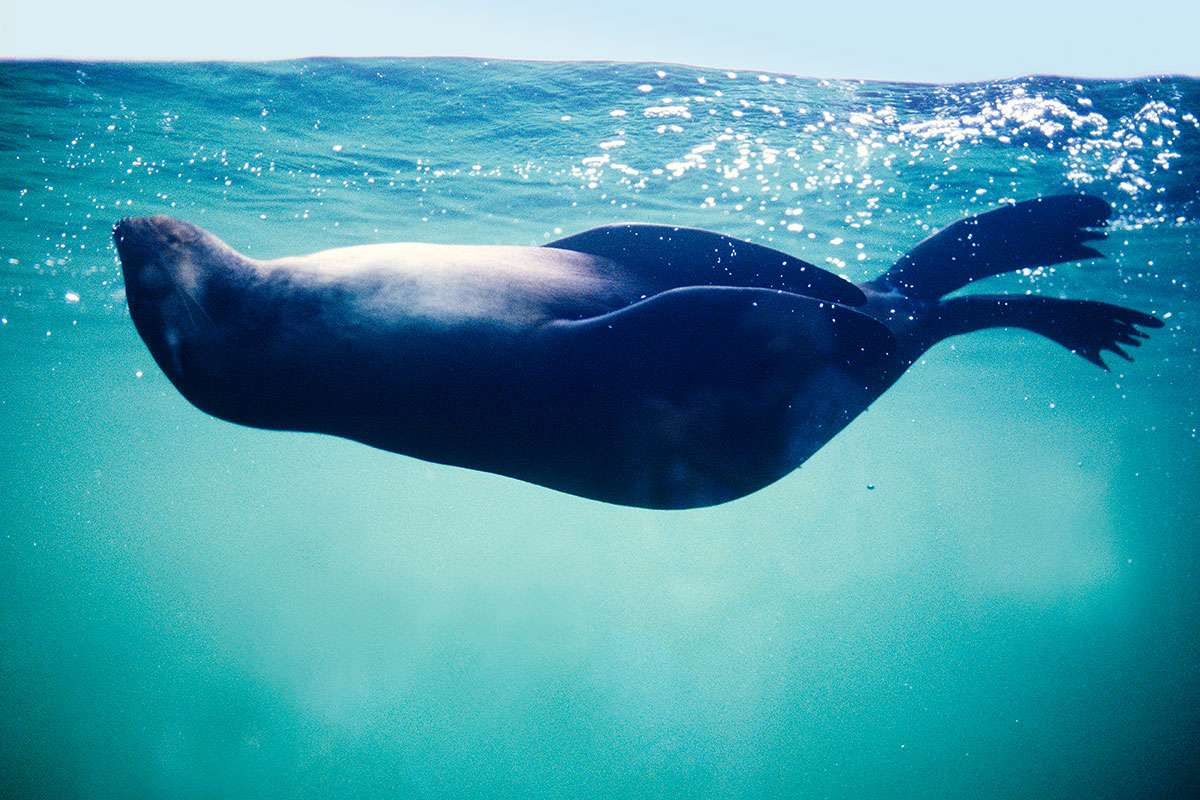
07/06/18 Seals only sleep with half their brain when they’re out at sea
One species of seal sleeps in a way that has never been seen in any other animal. Their odd habits may help explain the function of “REM” sleep, the form of sleep in which we have our most vivid dreams. REM sleep seems to be essential for most mammals’ health. If rats are deprived of REM sleep, they lose weight, suffer hypothermia, and eventually die. Cetaceans like whales and dolphins are an exception. They sleep half of their brain at a time, so they can remain vigilant by keeping half the brain awake. Studies have failed to find evidence for REM sleep in cetaceans. To see if there were more exceptions, Jerome Siegel studied northern fur seals. The team implanted electrodes into the brains of four captive juvenile seals and recorded their brain activity. The seals had access to a dry platform for some of the time, but this was removed for periods of 10 to 14 days to simulate time spent at sea.
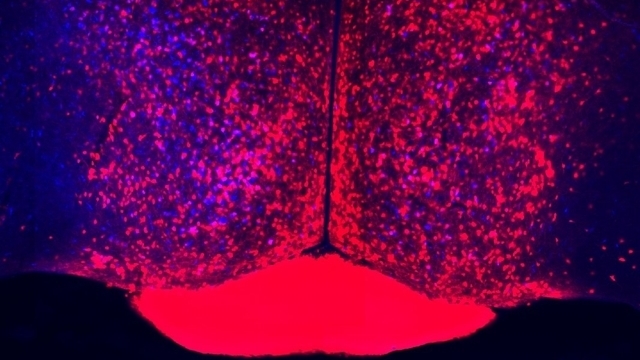
12/04/18 Neural Circuit of Parental Behavior Mapped in Mice
Whether in humans or in mice, parenting entails a suite of behaviors, including grooming, feeding, and protecting young, but the neural systems that guide these activities remain poorly understood. Researchers have now made some headway, having deconstructed some of the neural circuitry responsible for this complex behavior, which the authors say is the first such map of its kind. In Nature they report that the neurons that govern parenting in mice’s brains are organized into distinct pools originating in the hypothalamus, with each department communicating with any of 20 other regions in the brain and directing a specific parenting activity.
https://www.the-scientist.com/news-opinion/neural-circuit-of-parental-behavior-mapped-in-mice-30096
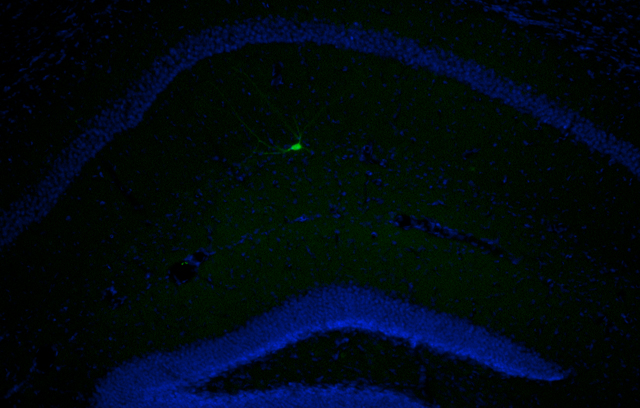
22/03/18 Mouse Moms’ Behavior Affects Pups’ Genome Structures
Some mouse mothers groom, lick, and nurse their babies more than others. In a study published in Science, researchers demonstrate that this natural variation in maternal behavior is linked to the structure of pups’ genomes, specifically, the activation of one of the most common jumping genes in the genome, LINE-1.
https://www.the-scientist.com/daily-news/mouse-moms-behavior-affects-pups-genome-structures-29921
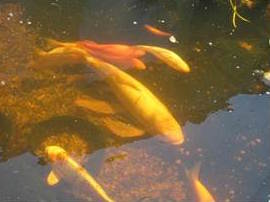
11/08/17 Goldfish survive without oxygen by making alcohol
Goldfish are able to survive for months in icy ponds where there is a distinct lack of oxygen. This is done by converting lactic acid into alcohol, which is then dispersed through the gills. Levels of alcohol in the fishes' bodies can be well above drink-drive levels in many countries.
http://www.bbc.co.uk/news/science-environment-40899192
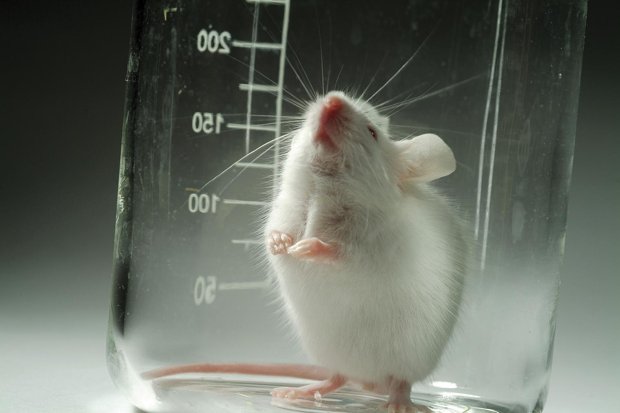
12/01/17 killer instinct triggered in mice
Technique called optogenetics used to pinpoint and take control of brain circuits involved in predatory behaviour. The research revealed that one set of neurons triggers the pursuit of prey, while another prompts the animal to clench its jaws and neck muscles to bite and kill. The study relied on the technique optogenetics, in which neurons can be artificially activated using light, effectively allowing scientists to switch the killer instinct on and off at will.

12/01/17 Menopause explained
A 40-year study of a population of killer whales off the US Pacific coast has helped British researchers to solve an evolutionary mystery - why killer whales and humans are two of only three species that go through what we call menopause - stopping reproduction part-way through their lives.
http://www.bbc.co.uk/news/science-environment-38601261
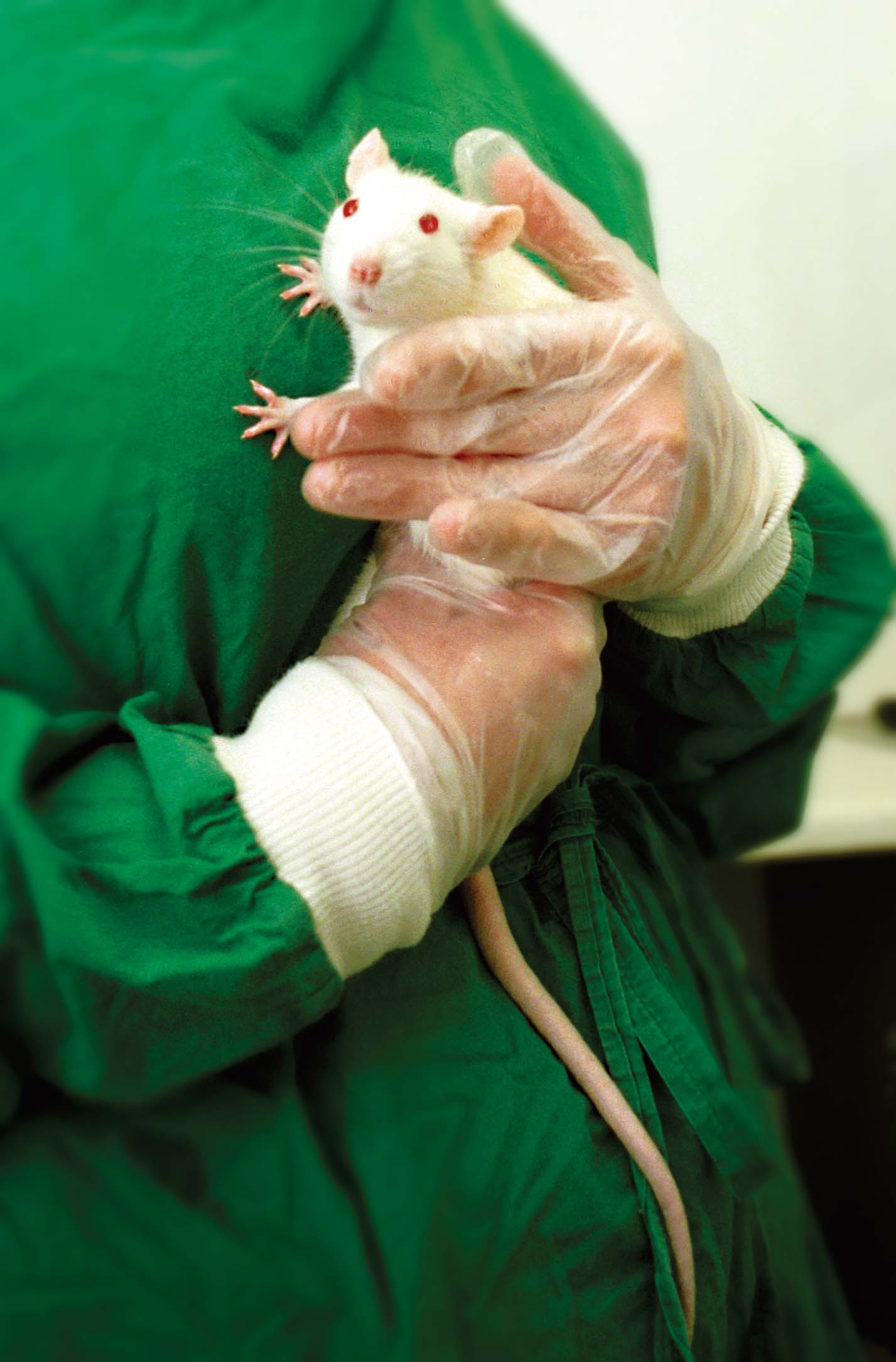
10/10/16 Rats enjoy a tickle
Charles Darwin, once wrote “of laughter from being tickled, the mind must be in a pleasurable condition”. Now researchers have discovered the same is true for rats. “We tickled and gently touched rats on different body parts and observed a variety of ultrasonic vocalizations [USVs],” the researchers wrote in the journal Science. “Rats seemed to warm up to tickling and vocalized less before the initial interaction than during breaks between interaction episodes. “Play behaviour (rat chasing experimenter’s hand) also evoked USVs.”
A video of one such encounter also showed the rat making “joy jumps” during the tickling. There was also a large amount of squeaking – the USVs – which the researchers altered so it could be heard by humans.
http://www.sciencemag.org/news/2016/11/watch-these-ticklish-rats-laugh-and-jump-joy
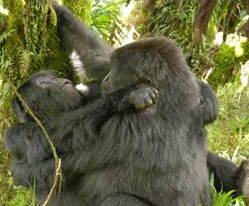
14/05/16 Gorillas documented have lesbian sex
Dr Grueter, from the University of Western Australia, has observed wild female gorillas engaging in lesbian activities. While some male gorillas have been found engaging in homosexual behaviour, this is the first time documented images of female gorillas have been taken. It is believed that these activities are purely for sexual pleasure and not indicative of the animals sexual orientation.
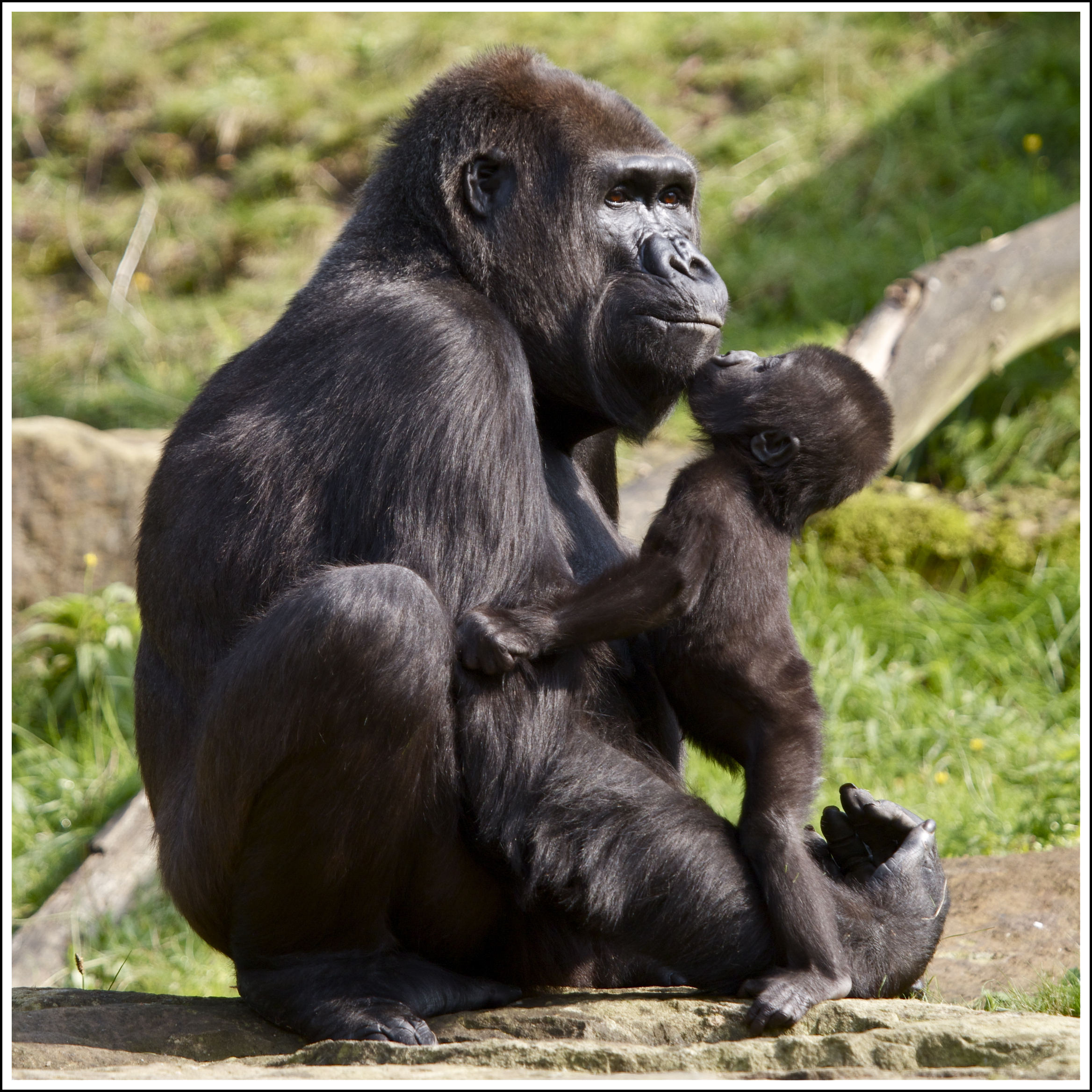
20/06/15 Being the biological farther doesn’t matter to gorillas
Being the biological farther doesn’t matter to gorillas. Rank matters more than paternity for male relationships and bonding with infants. Higher ranking gorillas form stronger relationships with infants, regardless if they are related. These findings support the theory that gorillas have lived in groups with one male and several females for most of their evolution – even though today several males can live in a group. This theory is also supported by physical attributes of the apes.
http://www.elsevier.com/connect/whos-the-daddy-if-youre-a-gorilla-it-doesnt-matter
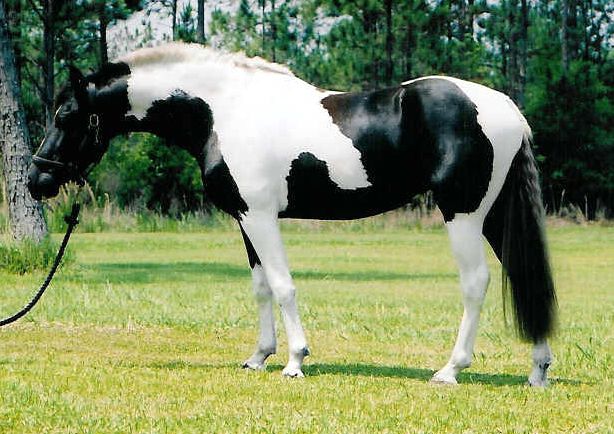
10/02/16 Horses read human facial expressions
Horses can read human facial expressions, according to new research at the University of Sussex. The scientists showed images of happy or angry faces to 28 horses while monitoring their heart rate and which eye they used to assess the images. Horses use their left eye (controlled by the right hemisphere of their brain) to process negative stimuli - which they used when looking at angry faces.
http://www.bbc.co.uk/news/science-environment-35522233
Original Paper: http://rsbl.royalsocietypublishing.org/content/12/2/20150907
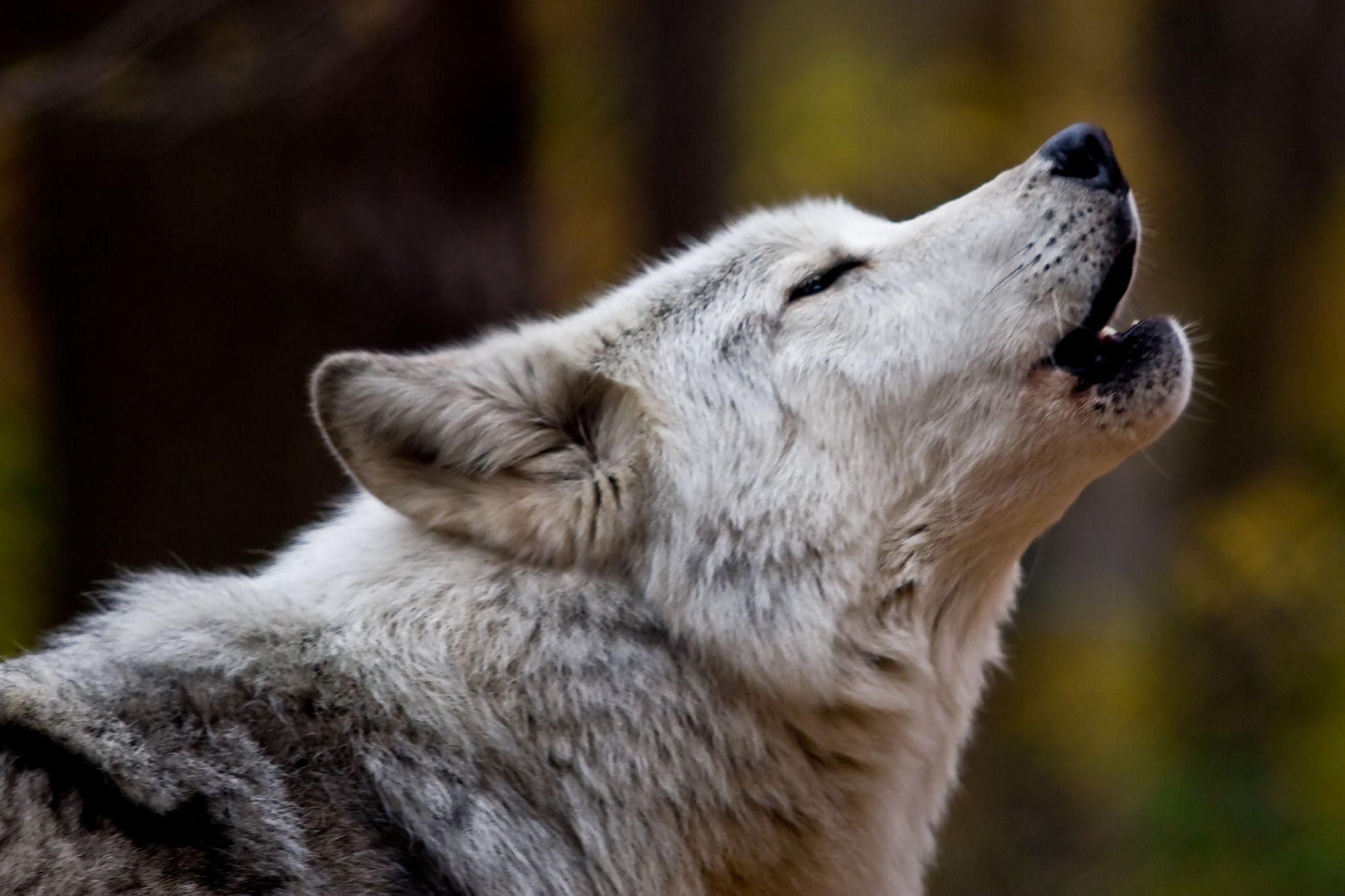
11/02/16 What can wolf dialects say about human language?
A new study suggests that wolves – in fact canids from different species and locations – howl in different 'dialects,' a discovery that could aid in understanding how human language develops.
http://www.csmonitor.com/Science/2016/0209/What-can-wolf-dialects-say-about-human-language
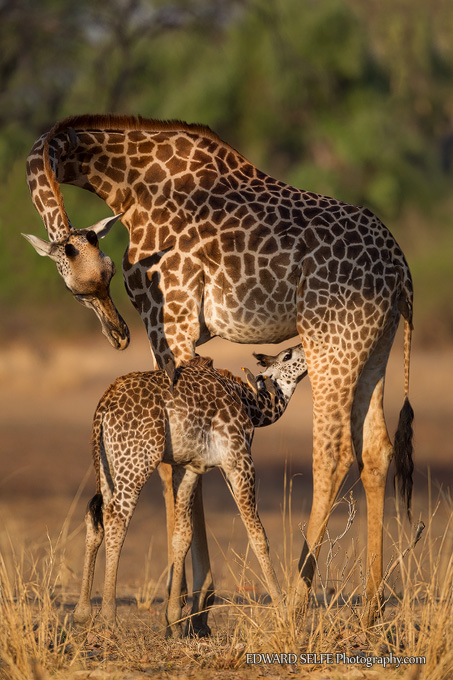
11/02/16 Baby giraffes steal milk
This behaviour makes up about 40 per cent of their suckling – the highest rate recorded in any non-domesticated mammal. The scientists observed 24 nursing giraffes and 37 calves at four zoos in the Czech Republic. They saw 83 per cent of mothers nursing a calf other than their own, and 87 per cent of calves suckling from a female that wasn’t their mother (Animal Behaviour, doi.org/bcbw).
https://www.newscientist.com/article/2076766-baby-giraffes-steal-milk-and-adults-let-them-do-it/
13/11/15 Needle fish shoot out of the water before smashing into their prey
Needlefish have been seen shooting out of the water before smashing into schools of unsuspecting prey in the waters near Heron Island and North Stradbroke Island in Queensland, Australia.
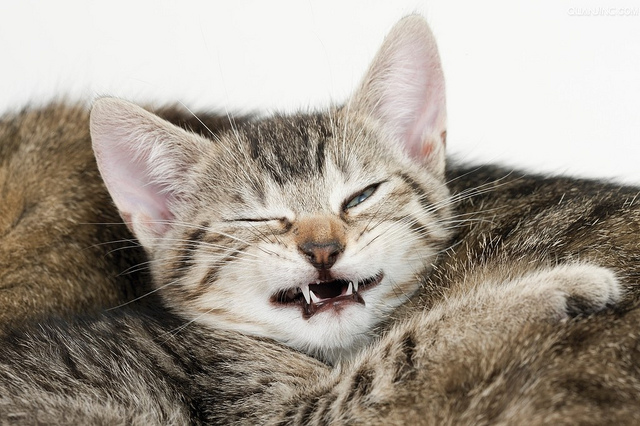
29/10/15 Cat fur colour is linked to its aggressiveness
A statistical survey has appeared to make a connection between a cat’s fur colour and its inherent aggressiveness towards humans. As the survey reveals, female “orange” cats (tortoiseshells, calicos, and torbies), female black-and-white cats, and female grey-and-white cats all tend to be more aggressive towards humans during everyday interactions, handling, and veterinary visits. The calmest cats were those with grey, black, white or tabby fur. However, correlation doesn’t necessarily imply causation, however, there might be a link here: this could be a phenomenon known as a “spandrel.” In evolutionary biology, a spandrel is a physical feature that appears as a by-product of the evolution of another characteristic. Fur colour changes could be an indirect effect of any inherent genetic disposition towards being more aggressive.
http://www.iflscience.com/plants-and-animals/your-cats-fur-color-linked-its-aggressiveness
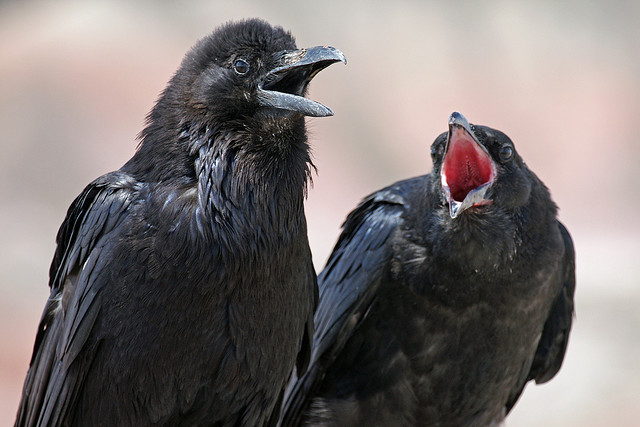
15/10/15 Ravens cooperate with friends not foes
The brains of birds are smaller and far less convoluted than our own but they are – corvids in particular – capable of remarkable feats of intelligence. Crows can contemplate death and make and use tools that are sometimes better than the ones monkeys make. Researchers have now shown a new cognitive ability of these birds. They show that Raven spontaneously cooperate and coordinate their actions to solve problems, but prefer to do so with some individuals over others that have been seen cheating. Ravens have a natural propensity to cooperate with each other and could therefore serve as an interesting model for studying the evolution of cooperation.
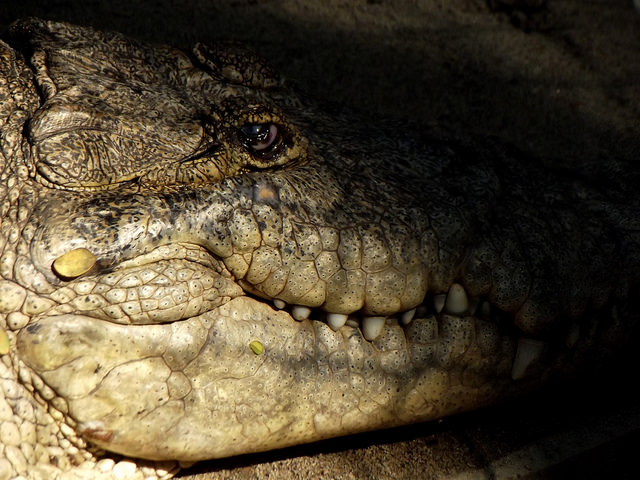
02/10/15 Crocodiles cry when they eat their prey and here is why.
Crocodile tears are real and often occur when the animals are eating giving the impression they are crying. Researchers have looked at how crocodiles produce tears and found that when crocodiles pick up food and chew the food, they activate certain muscles inside the jaws that push tears out of the tear ducts. Tears are up in the eyes when they are eating, and not because they feel sorry for their preys.
http://www.bbc.co.uk/programmes/p033s9rd
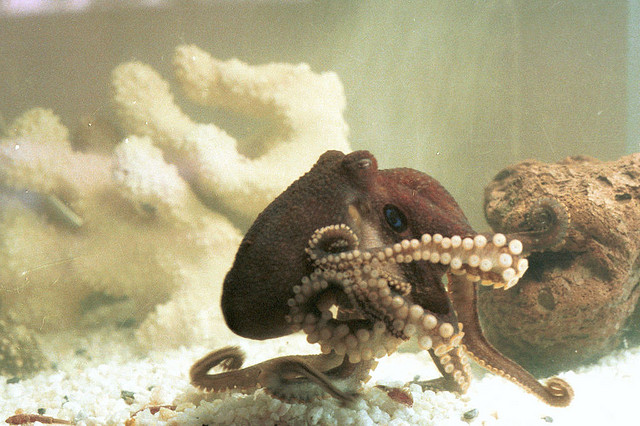
13/08/15 Video: Unique octopus sex caught on camera
What has 16 legs, two beaks and has been caught on camera for the first time? Two octopuses having face-to-face sex. This is just one of the unusual behaviours of the larger Pacific striped octopus that have now been documented. These creatures also have some strange hunting tactics, such as capturing shrimp by tapping them on the back, as shown in the video above.
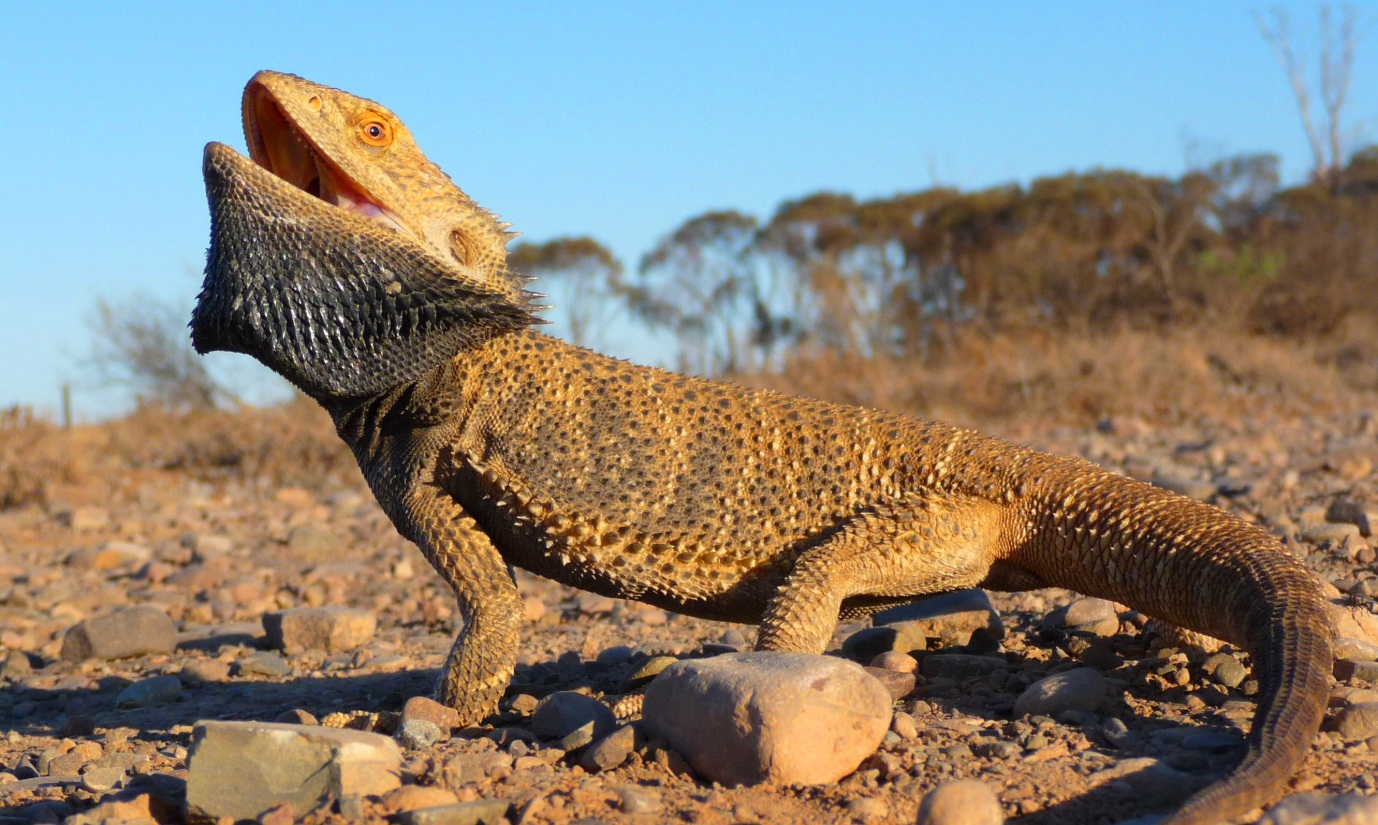
03/07/15 Australian lizard changes sex depending on egg temperature
An Australian lizard’s eggs change sex with temperatures. Wild populations of the animal are the first have both sex chromosomes but also show temperature-dependant sexual development, providing insight on how these 2 sex-determining mechanisms are alternatively used. Both chromosomal and environmental sex determination can be highly functional, adaptive systems and are alternative states that could evolve back and forth. Genetically, male lizards are ZZ and female lizards are ZW, but male ZZ lizards can develop as female in warm temperatures. Surprisingly ZZ females have a higher fertility. The answer to why that may be the case may shed light on the selective advantage of temperature-dependant sex determination. The equilibrium between genetically and environmentally determined sex in these lizards should respond quickly to climate change.
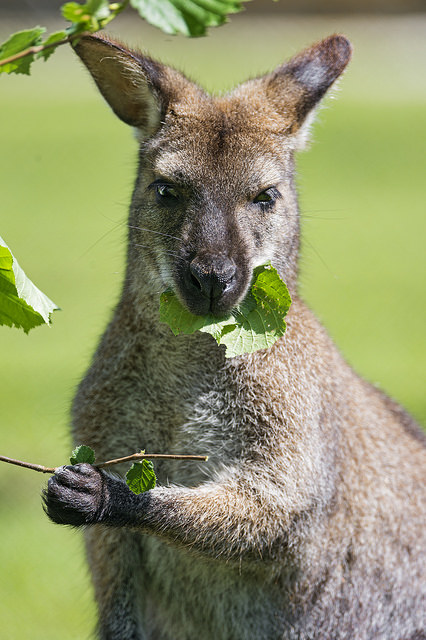
20/06/15 Almost all kangaroos are left handed
Almost all kangaroos are left handed. A study suggests that wild kangaroos tend to favour their left hand during common tasks like grooming and feeding. This is the first demonstration of population-level handedness in a species other than human. The researchers believe that this is an example of "parallel evolution" - handedness seems to have appeared in primates and in marsupials, but not in related animals across these two branches of the evolutionary tree.
http://www.bbc.co.uk/news/science-environment-33169547
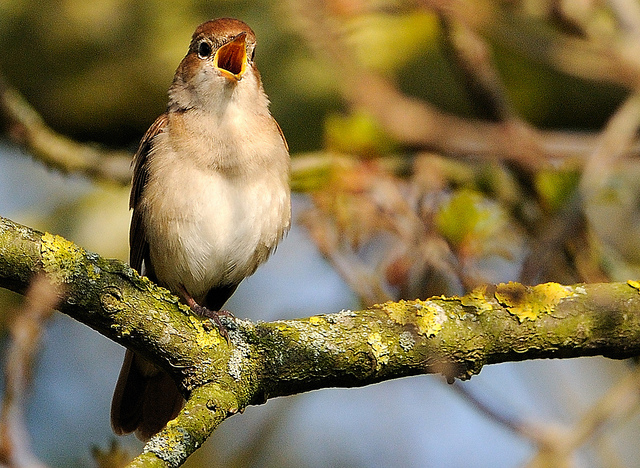
18/06/15 Male nightingales sing complex songs to show females they will be good fathers
Male nightingales sing complex songs to show females they will be good fathers. They use their songs to advertise their value, the better the singer, the more support it is likely to offer its young family by feeding and defending them from predators. The beauty of the song comes from its complexity but females are on the lookout especially for the effort the singer puts in the performance. Indeed, complicated choral arrangements are much harder to sing, and requires a bird to be in good physical health. The females is looking for the valuable information encoded in the song – the age, his ability to learn, where the male was raised, the strength of his immune system and how motivated he is to raising a family. The male can improve its attractiveness by bringing order to his songs – performing them in a lengthy loop, repeating the sequences over and over in the same order.
http://www.independent.co.uk/…/male-nightingales-sing-compl…
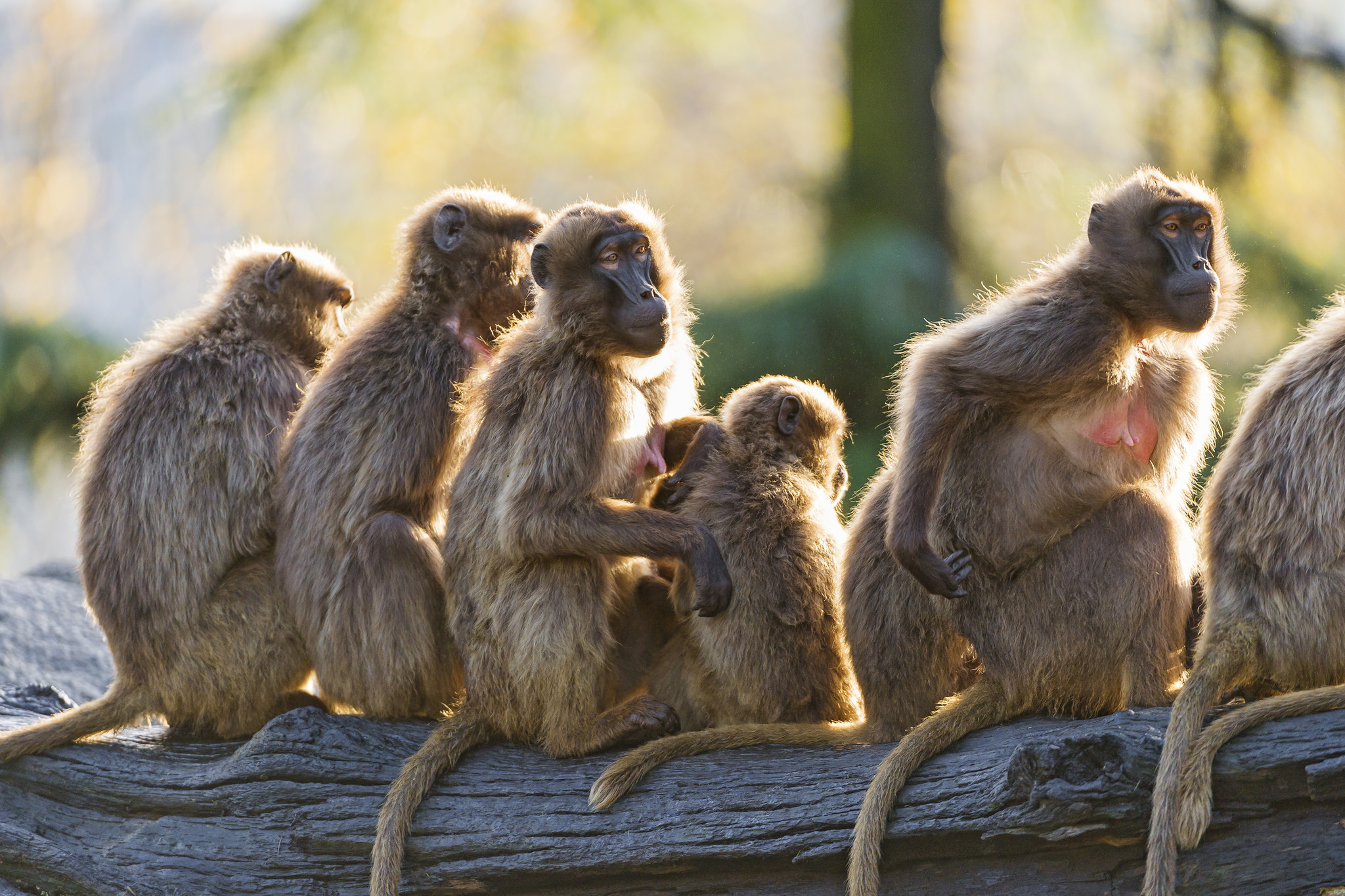
13/05/15 Monkeys hang out with friends with similar personalities
Experts at ZSL and the University of Cambridge have shown that cliques form within chacma baboon troops. They observed that these groups often exhibited many of the same characteristics such as boldness or dominance. Interestingly, these cliques did not tend to split along gender lines.
16/02/16 Male mice prefer to watch other mice fighting rather than other mice having sex
When given a choice, male mice preferred to watch other mice fighting rather than videos of other mice having sex, or sniffing about. These preferences were all overpowered by a preference towards receiving morphine. The research was conducted in Keiko University, Japan.
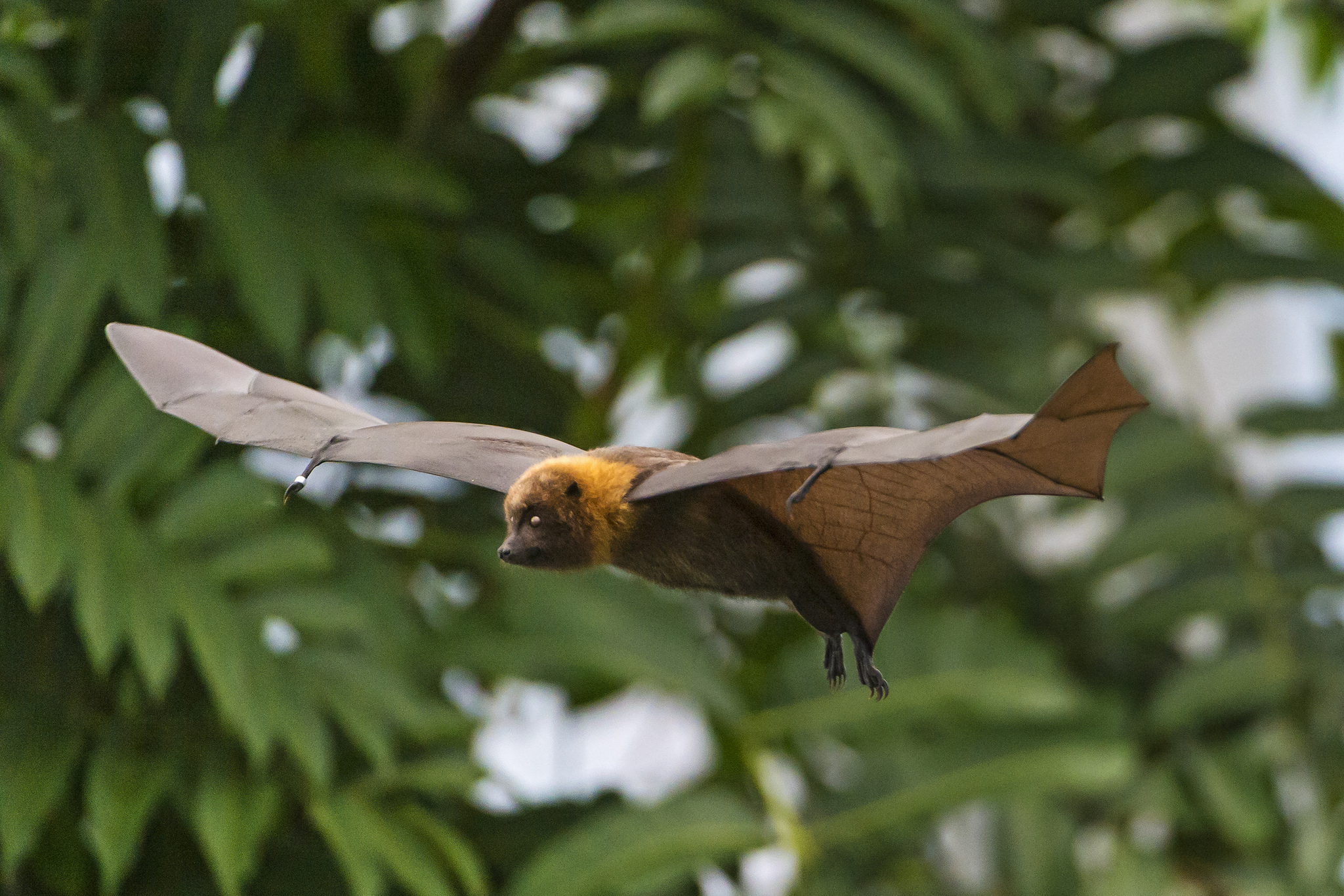
11/05/15 Bats open wide to focus their ultrasonic beam
Bats can avoid 'blurry' echolocation signals by adjusting how open their mouth is and thus modifying their navigational signals.Researchers studied both wild and captive bats as they flew, and observed that when flying upwards the animals narrowed their mouths to project their ultrasound beam more widely. The team writes that these changes in gape allow the animals to “zoom in” on their view of an area, potentially reducing the amount of distracting echoes in a tight space.
http://news.sciencemag.org/plants-animals/2015/05/bats-open-wide-focus-their-ultrasonic-beams
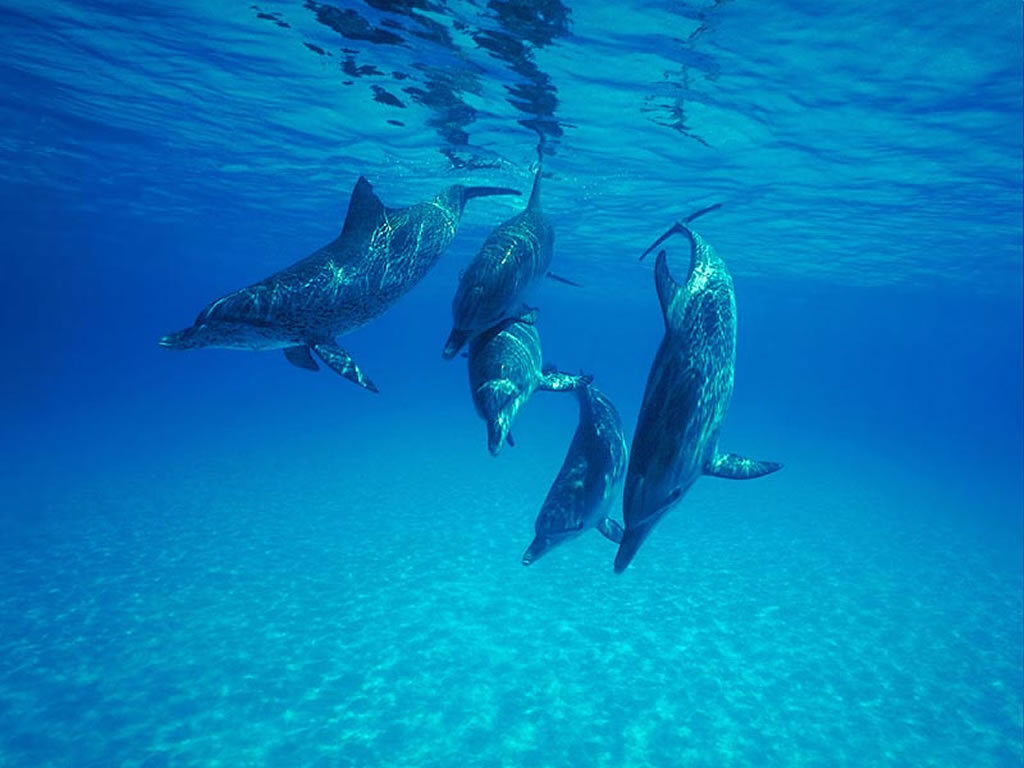
07/05/15 Dolphins have complex social networks
Dolphins hang out with friends in ‘gangs’: Marine mammals have complex social networks like humans. Dolphins avoid individuals they don’t like and hang out with their friend in specific areas. What is surprising is that the geography and physical dimensions of the habitat influenced the spatial and temporal dynamics of dolphin association patterns.
It’s hoped this information will be used by resource managers to help them understand how dolphins use their environment, as well as how social networks transfer information, breeding behaviour and even diseases.
http://www.dailymail.co.uk/sciencetech/article-3070182/Dolphins-hang-friends-gangs-Marine-mammals-complex-social-networks-like-humans-study-reveals.html

27/04/15 Penguins use poo to melt snow on their breeding sites
By the power of citizen science a new study has found that penguins use their guano to melt the snow on their breeding sites. 1.5 million online volunteers assisted the University of Oxford project by clicking through 175,000 images of gentoo penguins in the Antarctic Peninsular to flag unusual behaviour. Over 500,000 new images will become available over the coming year, as cameras in the breeding colonies will take photos every minute during the breeding season.
http://www.independent.co.uk/news/science/15-million-volunteers-discover-penguins-need-to-use-the-faeces-in-order-to-breed-10205199.html
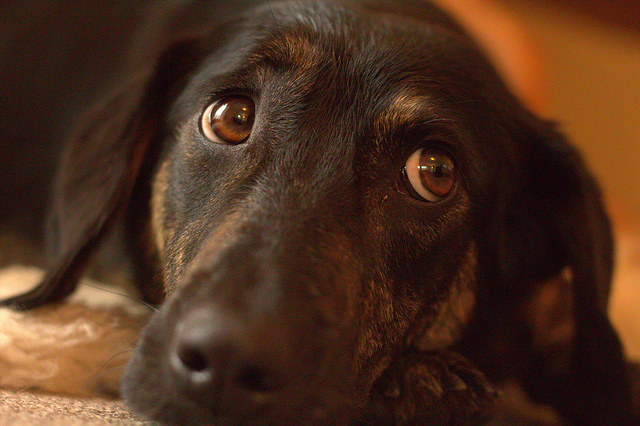
21/02/15 the role of eye contact in the relationship between men and dogs
Some Japanese veterinarians have tried to assess the role of eye contact in the relationship between man and his best friend. They compared these relationships with those between human and wolves (which are not domesticated as a species). They found "gazing" increased the levels of oxytocin in the urine of the dogs, but not of the wolves. In reverse, they found that a spray of oxytocin to the nose of dogs made female dogs more likely to stare at their owners and hold their gaze for longer.
http://www.wired.co.uk/news/archive/2015-04/20/human-dog-bonding-oxytocin
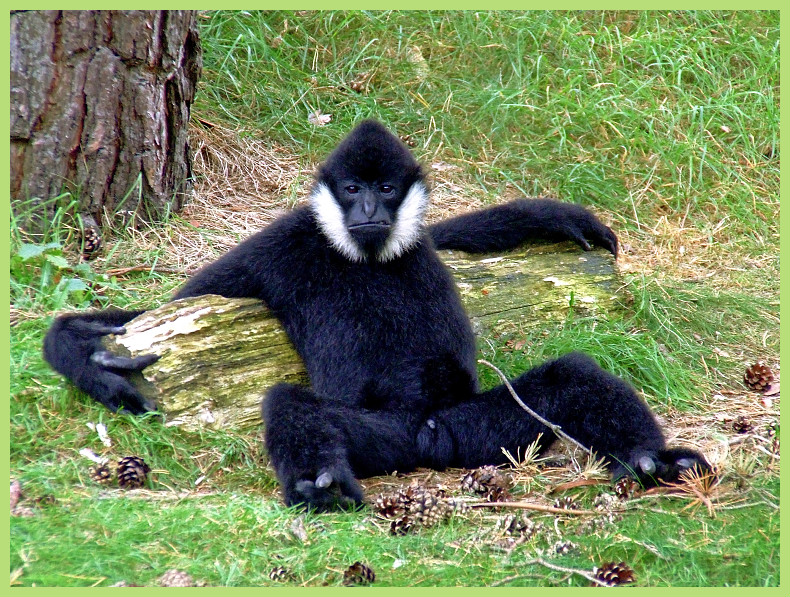
08/04/15 Gibbons can use more than 450 different calls to communicate to fellow apes
Gibbons can use more than 450 different calls to communicate to fellow apes. There were different types of "hoo" calls depending on what predators were about - one sound for pythons and another for birds. Tigers and leopards resulted in the same warning sound - as the Gibbons appear to classify them in the same way.

02/04/15 Mice sing to entice a mate
Mice sing at ultrasonic levels to entice a mate. The "songs" they sing depend on the situation. So if a male can smell rather than see a female, the song becomes more complex.
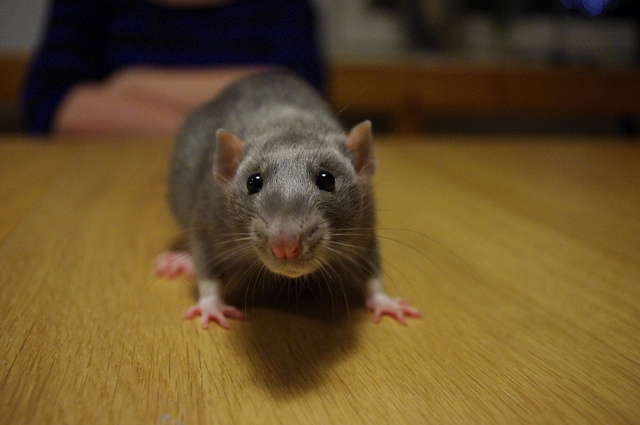
01/04/15 Rats can convey pain to other rats through their facial expressions
Rats can convey pain to other rats through their facial expressions. Previous work by Jeffrey Mogil, at McGill University, came up with a pain grimace scale for rodents which could be used to assess suffering in labs (and help monitor animal welfare in creatures which have evolved not to show suffering or weakness).
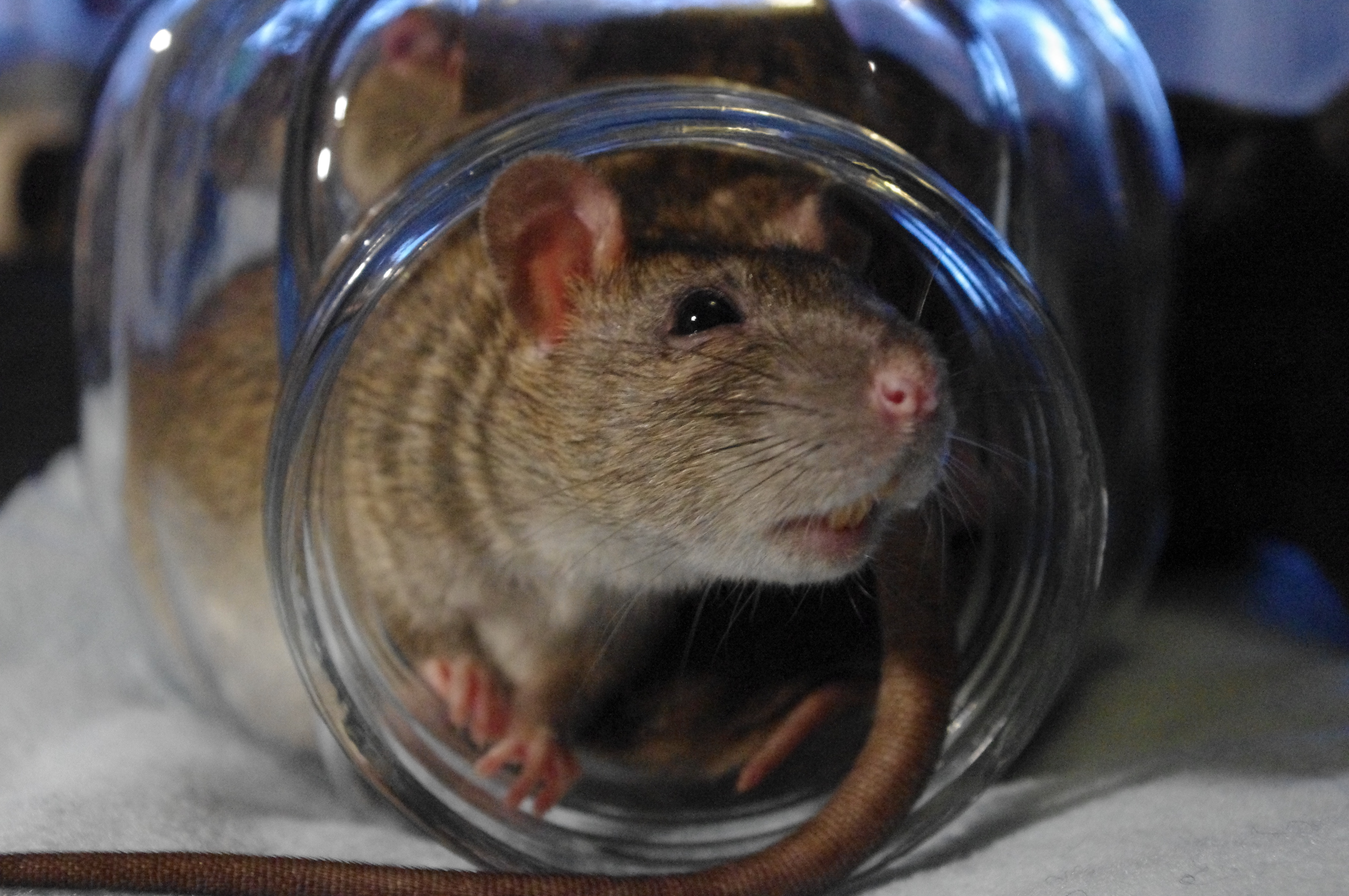
31/3/15 Rats have the ability to link cause and effect
Rats have the ability to link cause and effect, and imagine the outcome. Rat not only acquire Pavlovian associations between two events, they can form a causal link between them as well. This study is part of a growing body of work on reasoning – the ability to figure out how to move from one state of affairs to another, to achieve a particular outcome. Rats don’t only form associations, they form expectations. The findings are important to understand human reasoning, especially in older adults as aging degrades the ability to maintain information about unobserved events.
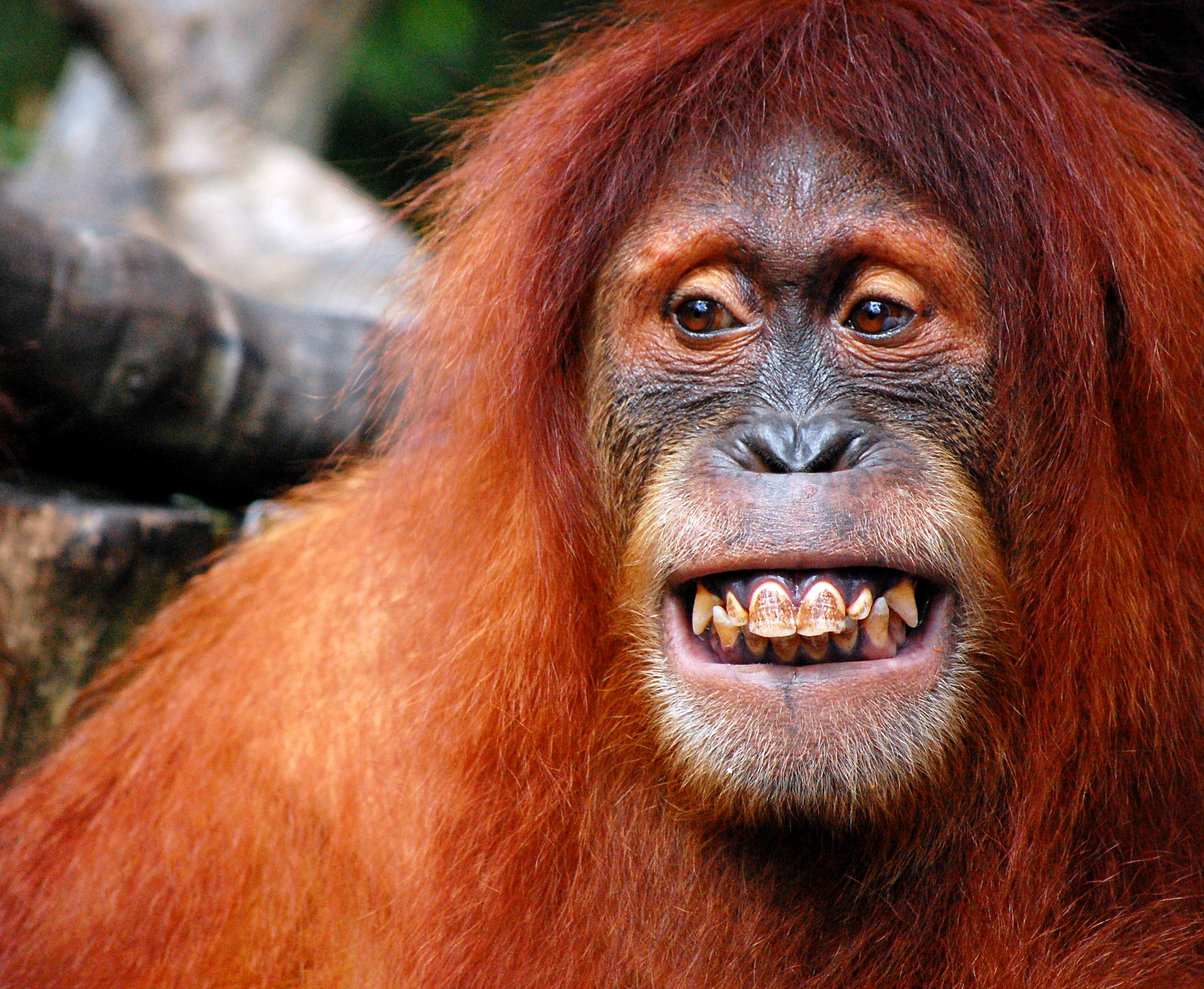
19/03/15 Orang-utans use their hands to alter their voices and make themselves sound bigger
Orang-utans use their hands to alter their voices and make themselves sound bigger. The animals cup their mouths to produce a ‘cylindrical extensions of the lips’ when they send out alarm calls that often signify a predator is nearby. It makes the great apes sound bigger and ‘more impressive’ – and they do it deliberately, knowing it exaggerates their size. The researchers believe this might be a glimpse of an early precursor to language – an animal intentionally changing a sound it makes and, in turn, changing its meaning.
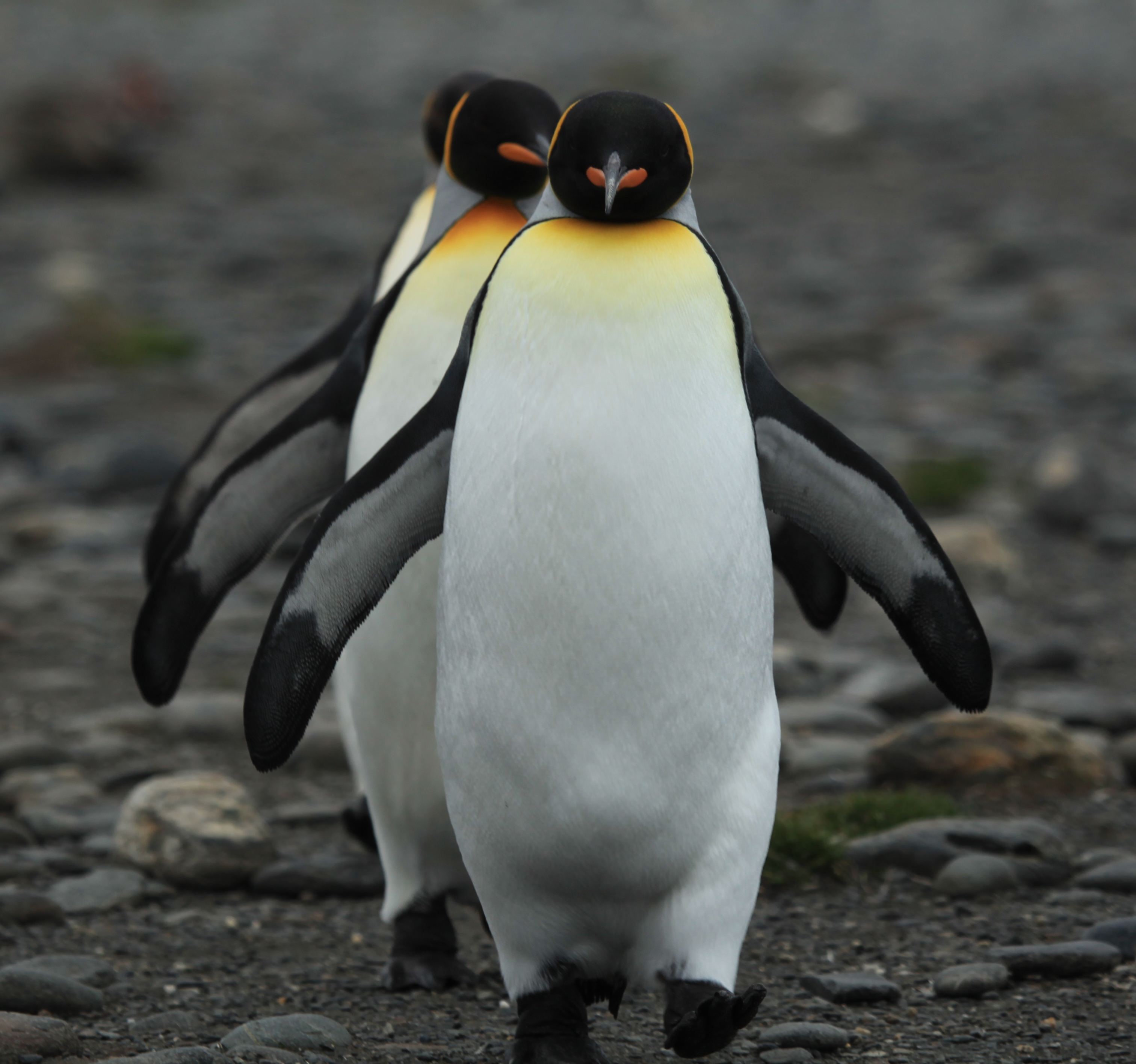
18/03/15 Waddling is the most energy efficient way for penguins to get around on land
A team of scientists have come to Penguin beach in London zoo, installed a hi-tech track and are now trying to study penguin gait while they waddle along the installation. Penguins have a distinctive walk, they have a very upright posture like humans but they have very short crouched legs , which give them their distinctive waddle. Scientists are looking to understand how this evolved. Previous studies have shown that waddling is in fact the most energy efficient way for penguins to get around on land and these experiments will reveal exactly how they are doing this. Fossils show that penguins didn't always waddle, but walked more like an albatross does today. The bird bones show that the first penguins were a varied bunch: some were tiny, but others were as tall as humans. Today’s penguins most likely evolved their unusual anatomy and resulting waddle as they became better and better adapted to swimming.
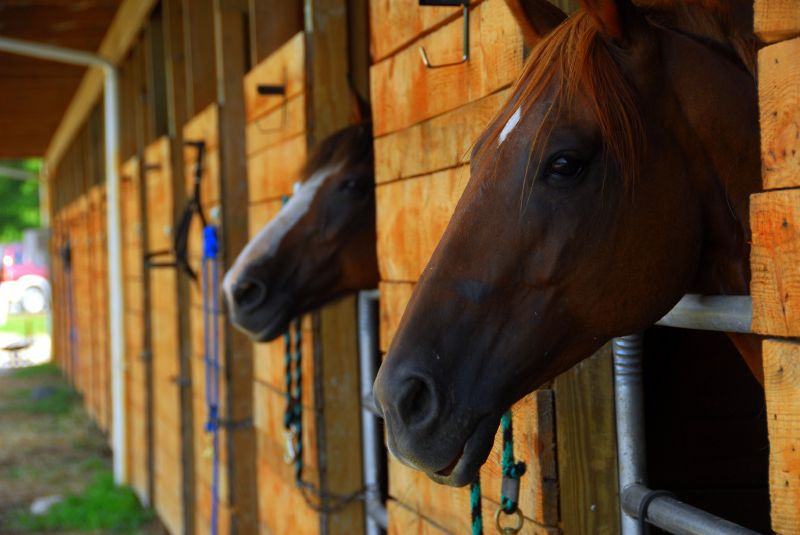
18/03/15 Traditional stables make horses depressed
Traditional stables make horses depressed. Although a cosy, safe stall, full of hay might seem like the perfect place for horses, researcher have found that horses do not like being on their own and become stresses when kept in isolation – making traditional single unit stables less than attractive. Horses need space and company but most domestic horses are kept in box stalls claimed to prevent injury and protect the animals. Inadequate housing design could potentially cause stress and negative consequence on health and wellbeing of the horses. Researchers found that horses become more stressed and increasingly difficult to handle the more isolated they became.
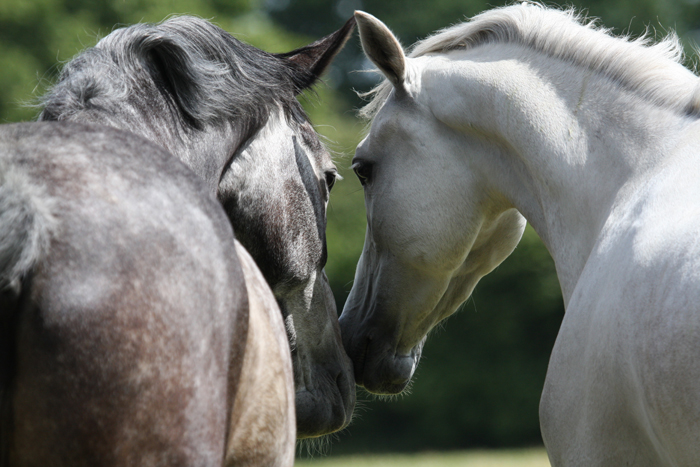
13/03/15 Female horses prefer stallions with deeper voice
Female horses prefer stallions with deeper voices. Lower voice frequencies reflect lager body size, lower heart beat and higher reproductive success. By listening to calls, mares are trying to find the toughest, calmest and most fertile males – the ones with the potential to be good fathers and protective mates. Preferring a deeper voices is not confined to horses, humans too are subject to the ‘Barry white’ effect, as well as deer, bison, giant pandas and koalas. However, in humans, when a voice becomes too deep, it starts becoming unattractive.
http://www.newscientist.com/article/dn27155-barry-whites-of-horse-world-get-all-the-mares.html
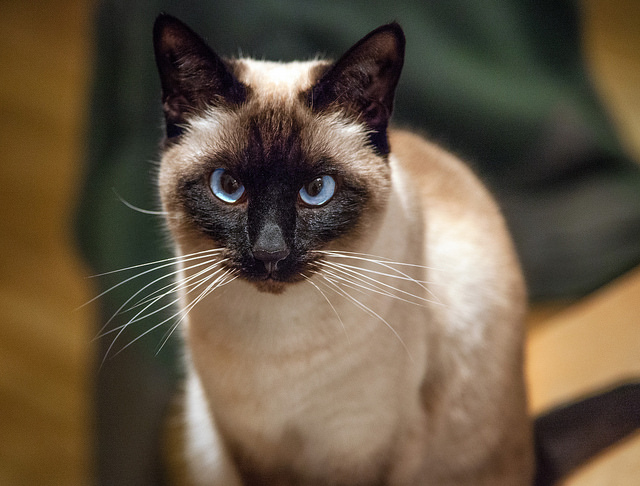
13/03/15 The shape of your cat’s face can reveal its personality
The shape of your cat’s face can reveal its personality according to a new study. Cats with square faces and bodies, the ‘retrievers’ such as main coons, are often affectionate, love to snuggle and give head-butts and keen to please their owners. Their round face counterparts tend to be the ‘lap-dog’ of the feline world. They are low-energy, quiet, shy and submissive whereas triangular faced cats, also referred to as ‘ the herding dogs of the cat world’ can be busy, curious, smart, vocal and thrive in active households. However, this remains a theory, not a study based on scientific studies.
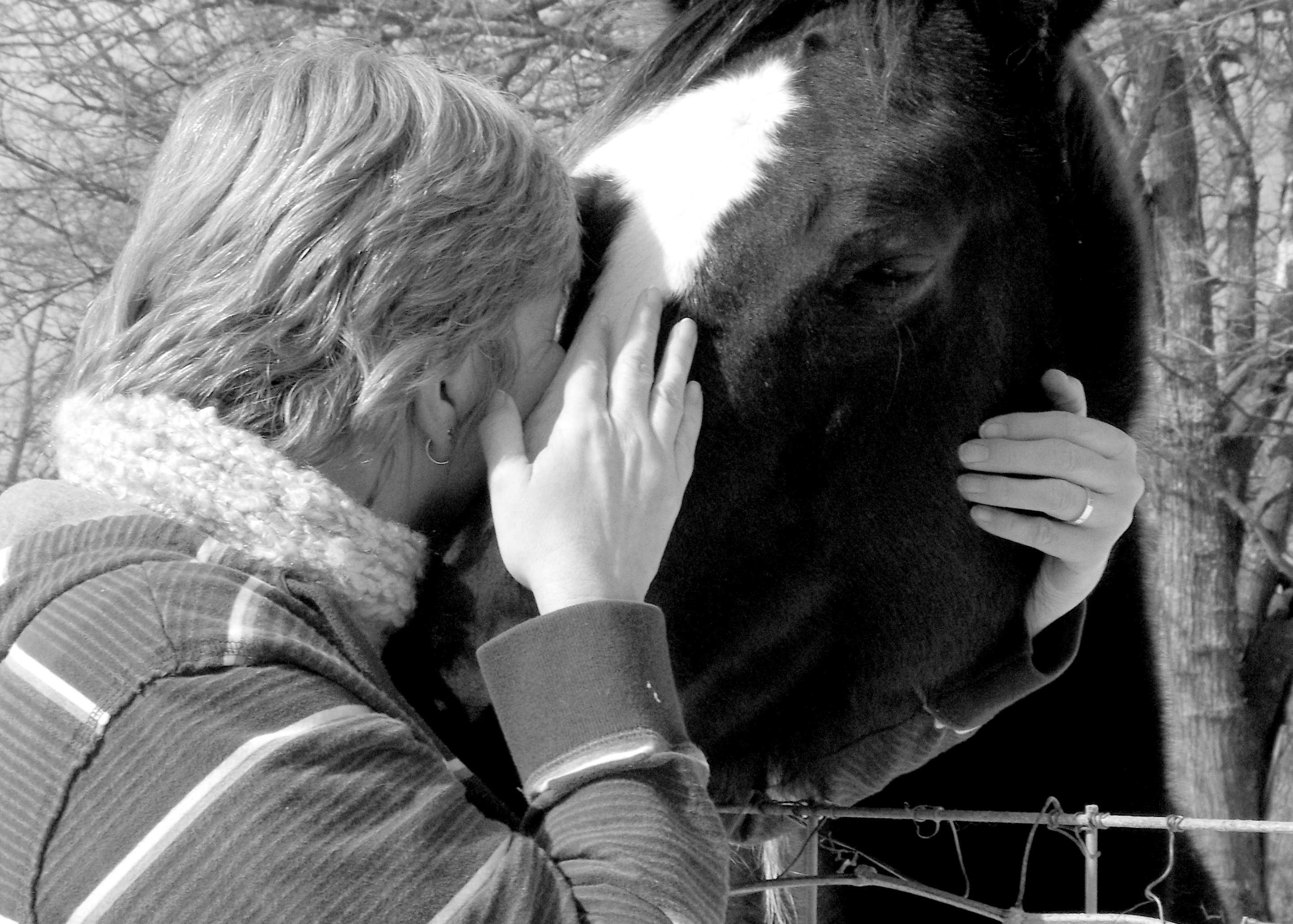
09/03/15 Horses understand human gestures
Behavioural researchers are looking at the memory abilities of horses. Researchers hid carrots under a bucket and forced horses to wait 10 seconds before retrieving them. They did so slower, with with less wrong buckets, than the control group.
http://www.bbc.com/earth/story/20150306-horses-remember-more-than-we-think
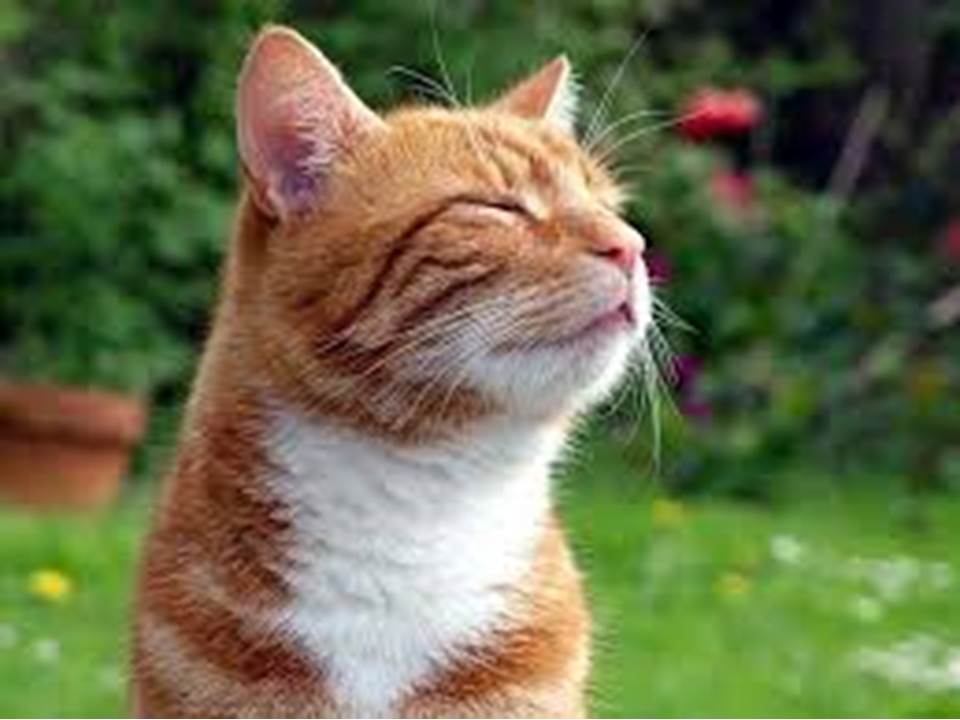
02/03/15 Cats prefer using their eyes over their nose
Domestic cats have an exceptional sense of smell - around 14X better than humans - yet they still choose to use their eyes to find food. Veterinary researcher, Professor Daniel Mills, offered cats a choice of two pieces with different pictures and odours on. Certain combinations resulted in a treat. When the cats learned the rules the researchers mixed up the odours and pictures - the cats chose to continue with the previously correct pictures rather than going with the smells.
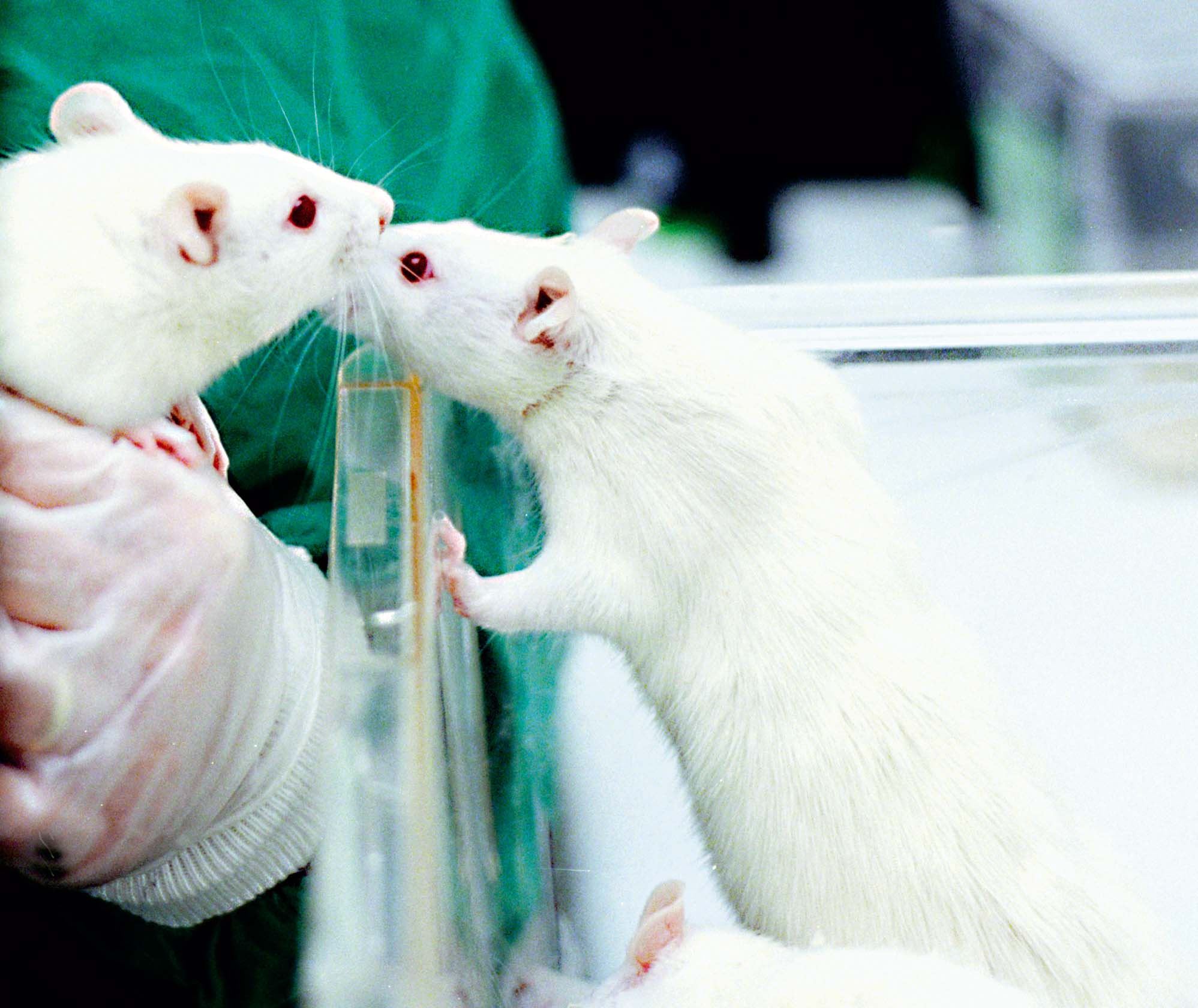
26/02/15 Rats know how to repay a favour - tit for tat way of life
Rats know how to repay a favour, behavioural study shows. If I scratch your back, you scratch mine, we all end up better – is a fine principle of reciprocity and one of the most popular explanation for how co-operative behaviour evolved. Reciprocity is rarer than might be imagined but rats seem to have understood that very well and will give as much as they get. Rats can recall the quality of help provided and by whom, and then adjust their subsequent behaviour so as to invest more time and energy in helping those that helped them.
http://www.iflscience.com/…/behavioural-study-shows-rats-kn…
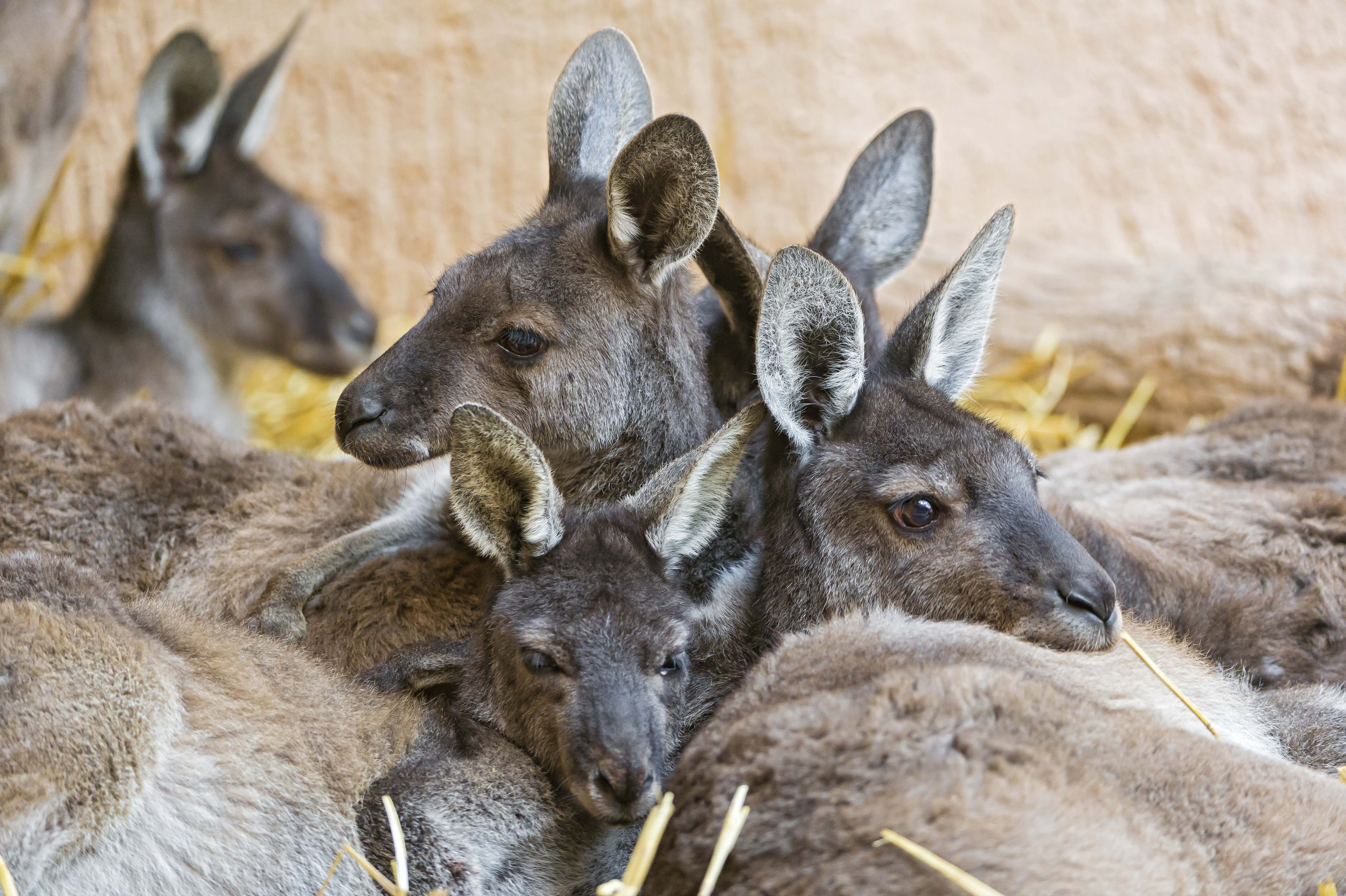
26/02/15 Shy kangaroos have fewer ‘friends’ but prefer bigger groups
Shy kangaroos have fewer ‘friends’ but prefer bigger groups. Making friends is not a random act for kangaroos, they actively choose who and when they mix with. They frequently change of group membership – individuals may be switching groups several times a day. Scientists have found that personality traits such as boldness and shyness can determine how sociable a kangaroo is. Shyer or risk-averse kangaroos feed in larger groups than bolder or braver individuals who actually have more friends.
http://www.bbc.com/earth/story/20150221-shy-kangaroos-are-more-sociable-than-bolder-ones
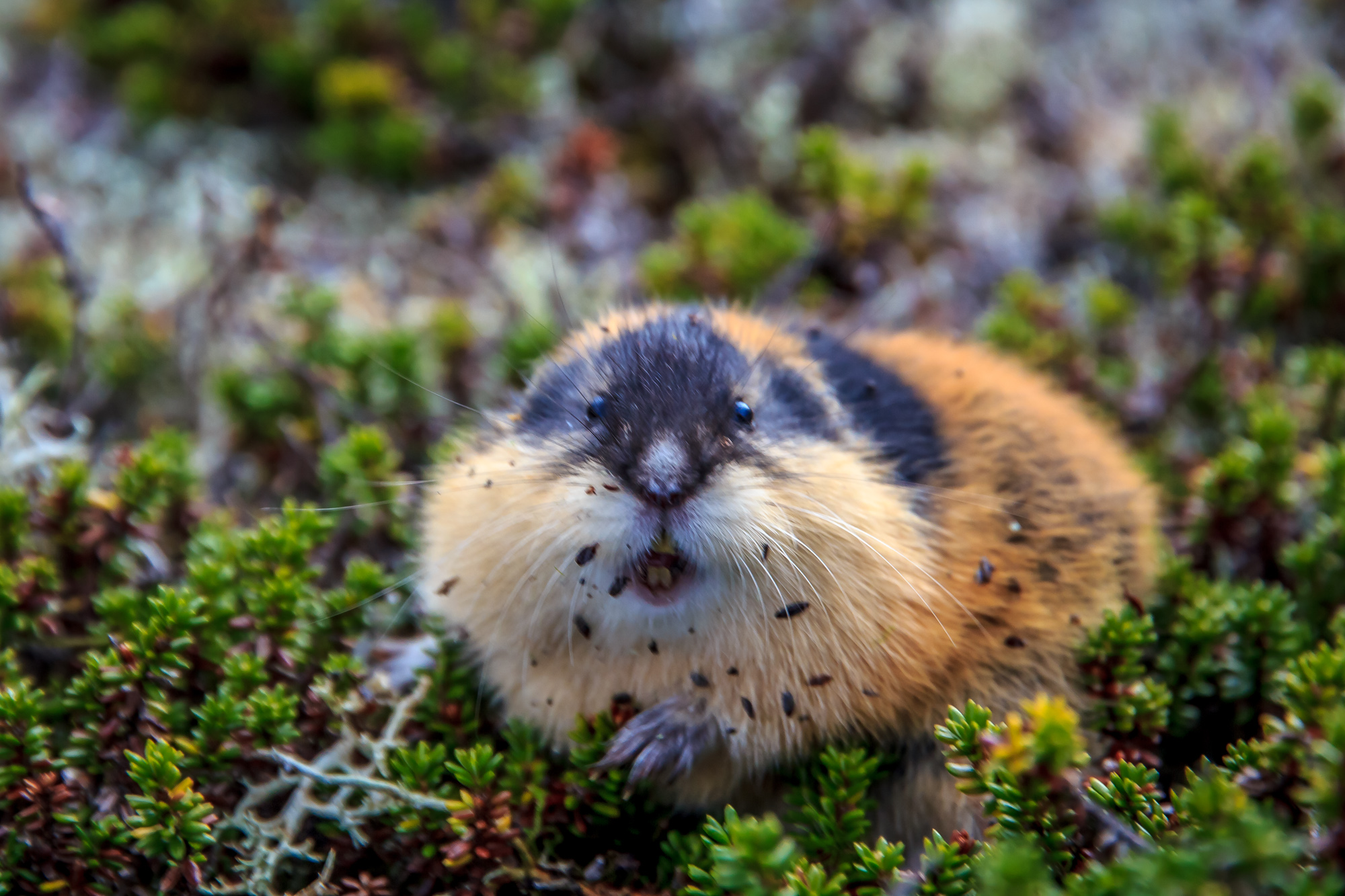
07/02/15 Norwegian lemmings are so bold and loud to warm predators it shouldn't be messed with
Norwegian lemmings are so boldly coloured and loud to warn predators it shouldn’t be messed with. Its ferocity and braveness is quite unique among rodents. The little red-brown, yellow and white animal fights back and aggressively protects itself from predators. These remarkable outgoing traits can be ascribed to aposematism – the use of warning colours and other methods to signal to predators that the potential prey has some sort of defence mechanism up its sleeve – which is uncommon in herbivorous mammals.
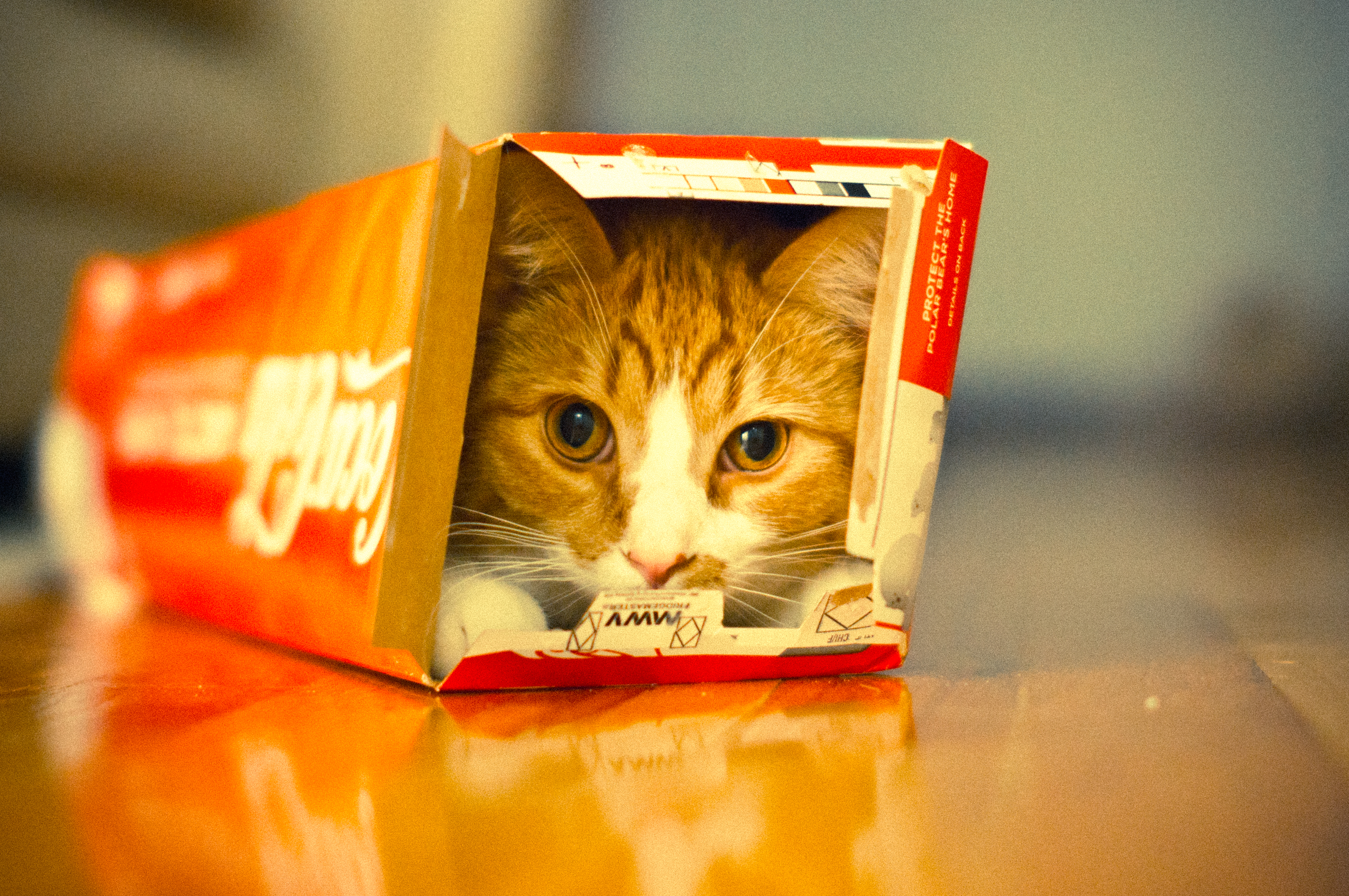
04/02/15 Cats love for boxes may come from a predatory behaviour
Cats love for boxes may come from a predatory behaviour. Scientists are still not completely certain about the reasons for the affinity cats have for boxes, but the most prominent theory is that boxes offer security and shelter from predators while they stalk prey. Boxes reduce stress levels in cats, and cats that have boxes get used to new surrounding faster than those that don’t. Boxes could also be used to escape unwanted attention, or be used as ideal insulators to keep warm
http://www.dailymail.co.uk/sciencetech/article-2938758/Why-cats-love-boxes-Scientists-say-predatory-behavior-just-want-leave-alone.html
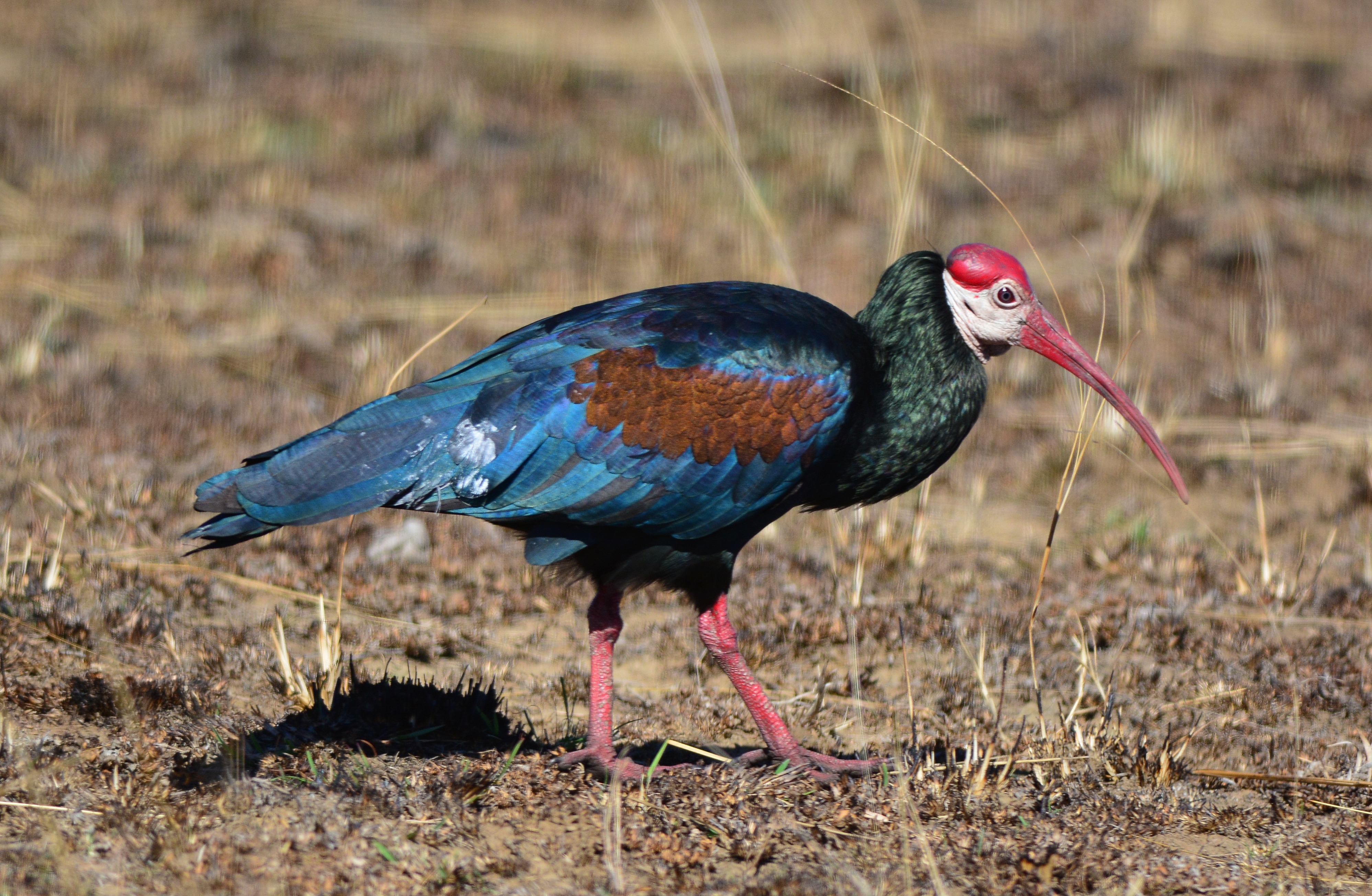
03/02/15 Birds take turn to lead the V shaped formation when migrating to save energy
Birds take turn to lead the V shaped formation when migrating. The front of the formation is the most energy depleting spot, and switching place allows each bird to take advantage of extra lift produced by the wings of the bird in front. The birds work in pairs, repeatedly swapping around between follower and leader.
http://www.bbc.co.uk/news/science-environment-31060155
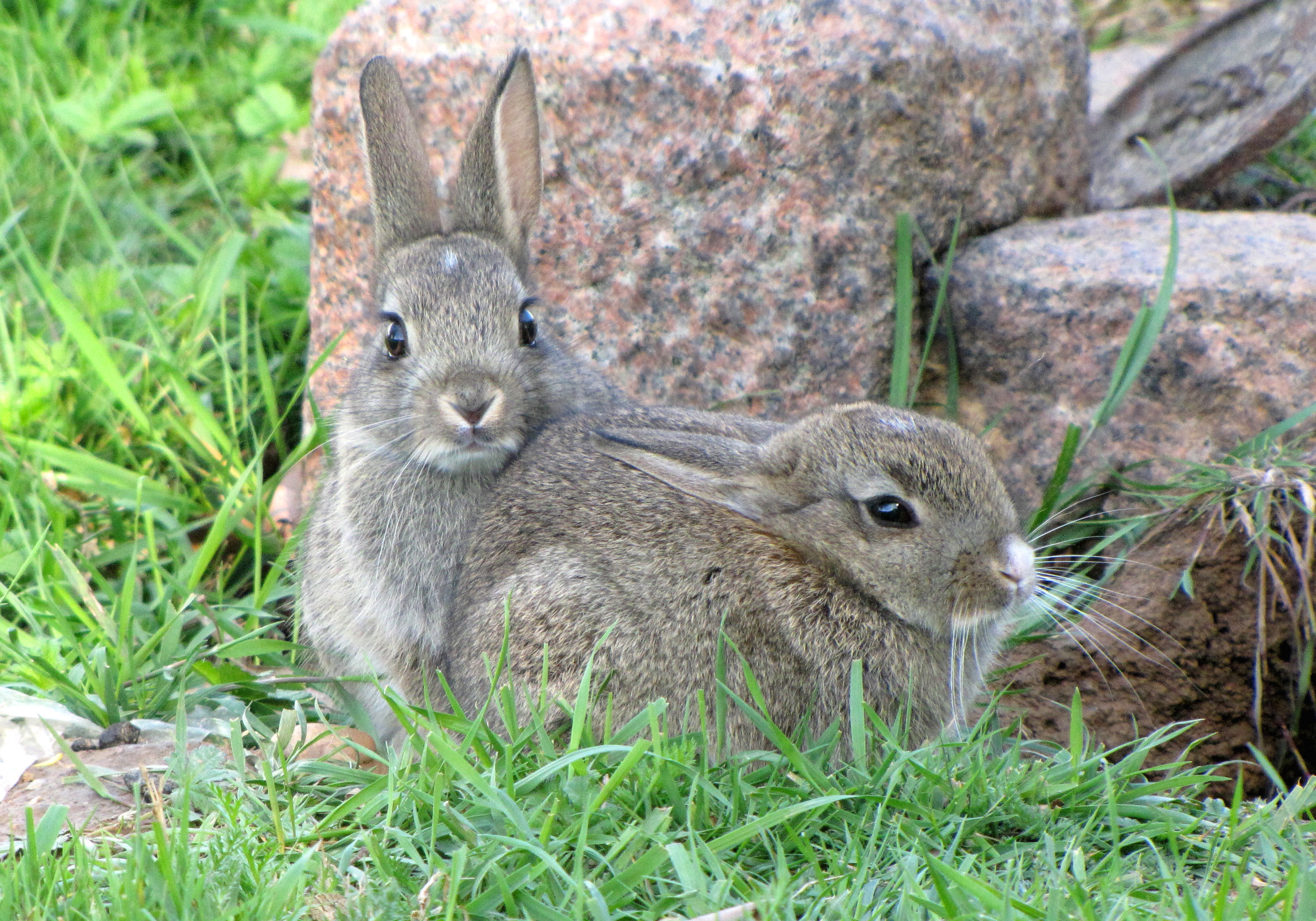
03/02/15 Rabbits adapt to their urban lifestyle by living in smaller groups and warrens
Rabbits too are adapting to the city life. Scientists found that rabbits are adapting by their warrens being smaller than those in the country. Their homes are packed closer together, and the rabbits tend to live in smaller groups. This lifestyle change may be caused by plentiful food, warmer temperatures and fewer predators in the city. The overall rabbit population is declining in the countryside due to hunting and habitat loss but is stable in the cities. In 1995, an estimated 37.5 million lived in the UK but a recent study suggested that those numbers had fallen by 48% since 1993 Urbanisation is not limited to humans.
http://www.dailymail.co.uk/sciencetech/article-2936394/Rabbits-urbanites-City-bunnies-live-studio-apartments-lonely.html
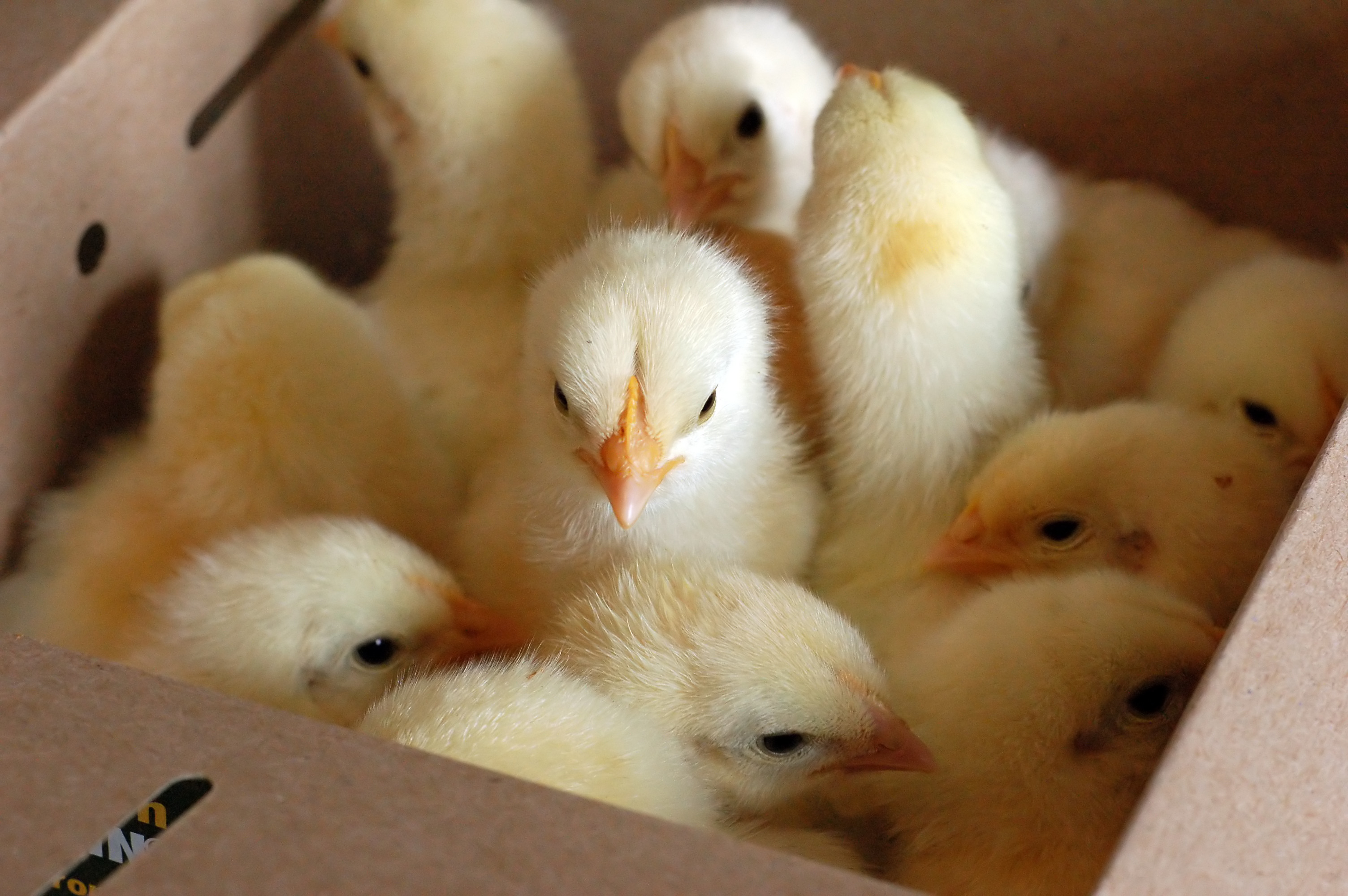
30/01/15 Chicks count from left to right, just like humans
Chicks count from left to right, just like humans. Humans show very consistent associations between spatial locations and numbers, but it is unclear how much of this develops automatically and how much we learn. The study suggests the trait may have evolved before the separation of birds and mammals rather than be a product of our culture and education. The trait may even have an origin in the asymmetric arrangement of our brains – the number processing occurring in the dominant hemisphere.
http://www.bbc.co.uk/news/science-environment-31038256
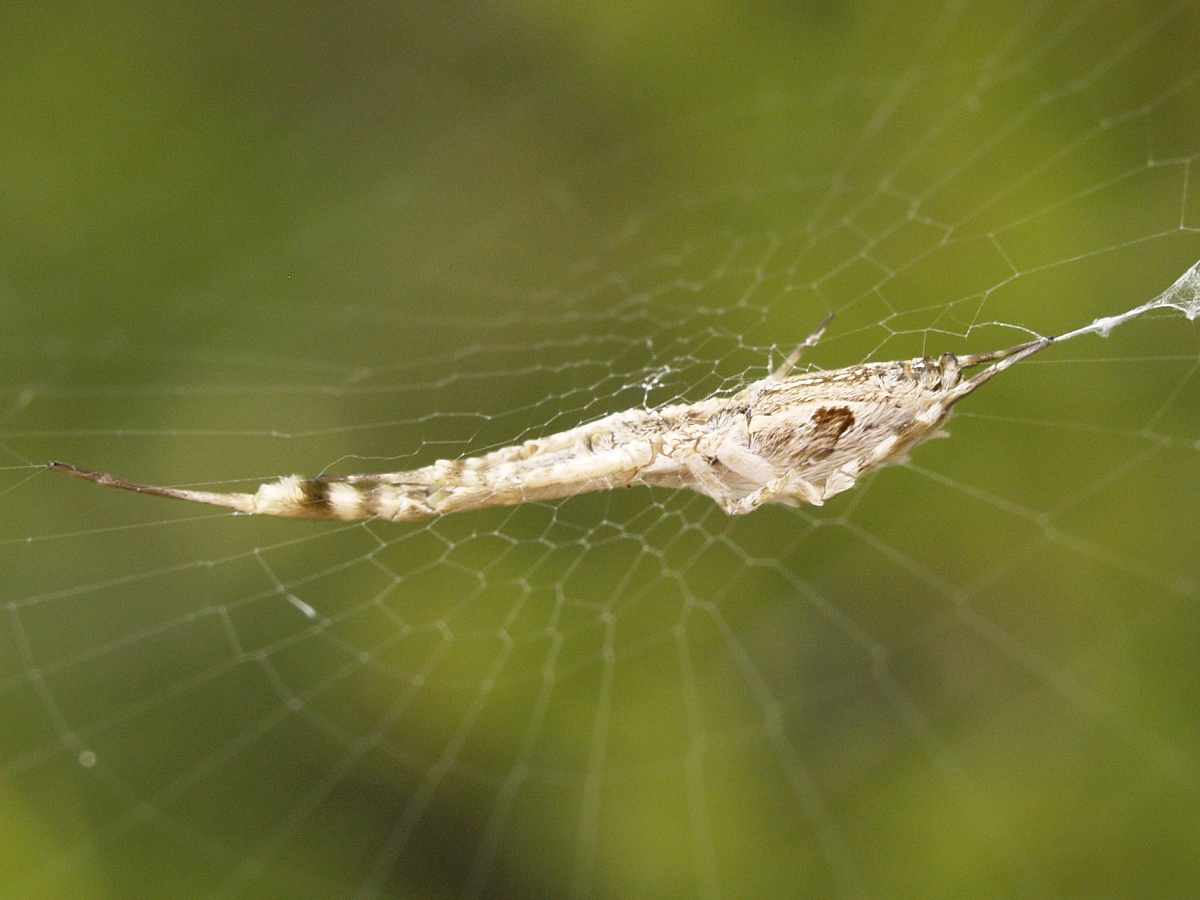
28/01/15 Spider spins electrically charged silk
Uloborus spiders spin a fluffy, charged, wool-like silk which comes out as a liquid (and solidifies). Their silk glands are one of the finest recorded at a mere 60 micrometres.
http://news.sciencemag.org/biology/2015/01/spider-spins-electrically-charged-silk
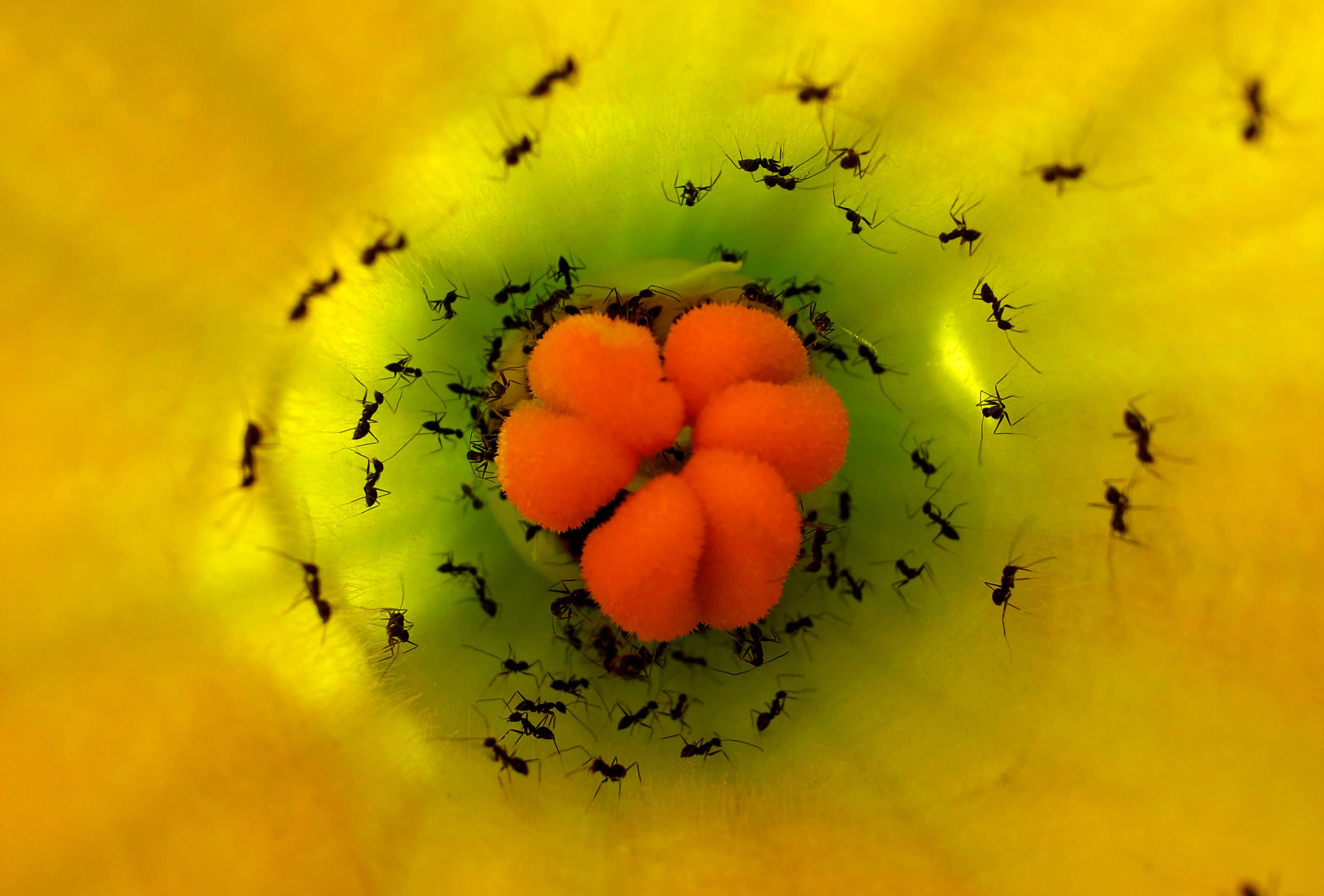
22/01/15 the study of ants could help reduce traffic jams
The study of ants could help reduce traffic jams. Apoorya Nagar has modelled how ants deal with busy road and according to her, if cars behaved a little more like ants, the would be far fewer traffic jams. There are three main reasons why:
- Ants don’t show off by driving past people
- They don’t mind minor crashes, they just keep walking
- Ants become more uniform when their pathways get more crowded
In fact, ants behave more like a computer than a human in crowded situations. Nagar hopes to find a mathematical formula inspired by the ants to help regulate human motorways.
http://www.independent.co.uk/news/science/scientists-look-to-ants-to-help-reduce-traffic-jams-9988491.html
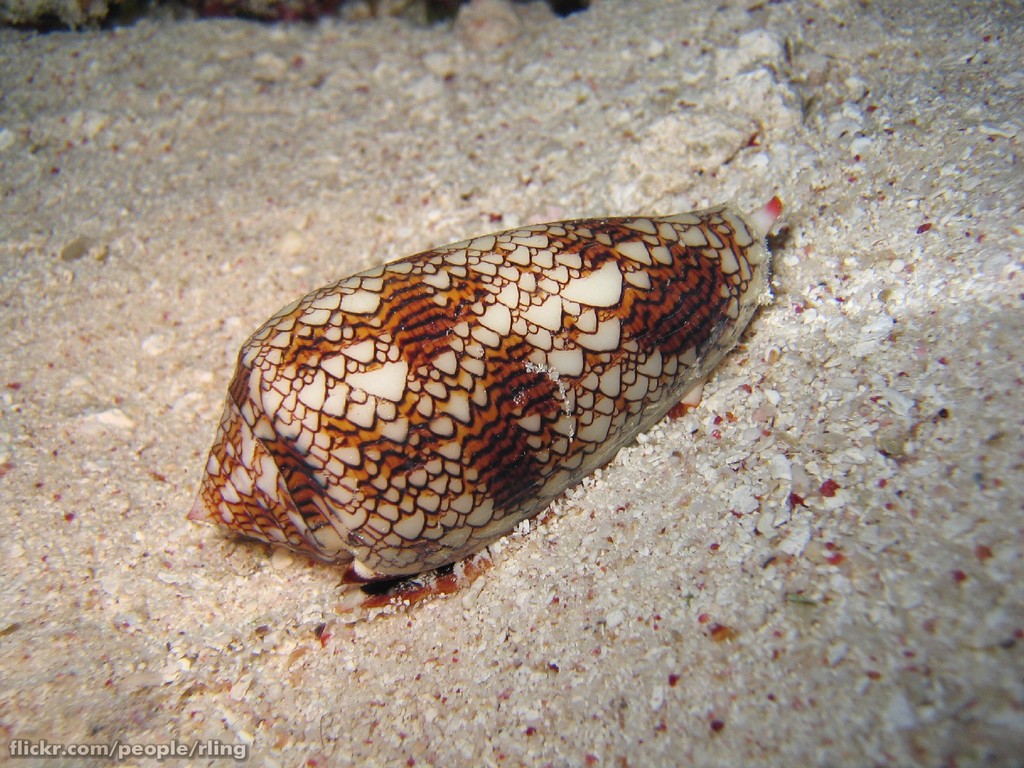
20/01/15 Cone snails use a form of insulin to subdue their prey
A geographic cone snail uses a form of insulin to subdue its prey. By either releasing toxins into the water or firing its poison-tipped tooth into prey it can cause the blood sugar of fish prey to plunge, making them sluggish and easy to finish off.
http://www.theguardian.com/science/2015/jan/19/venomous-sea-snail-insulin-prey-conus-geographus
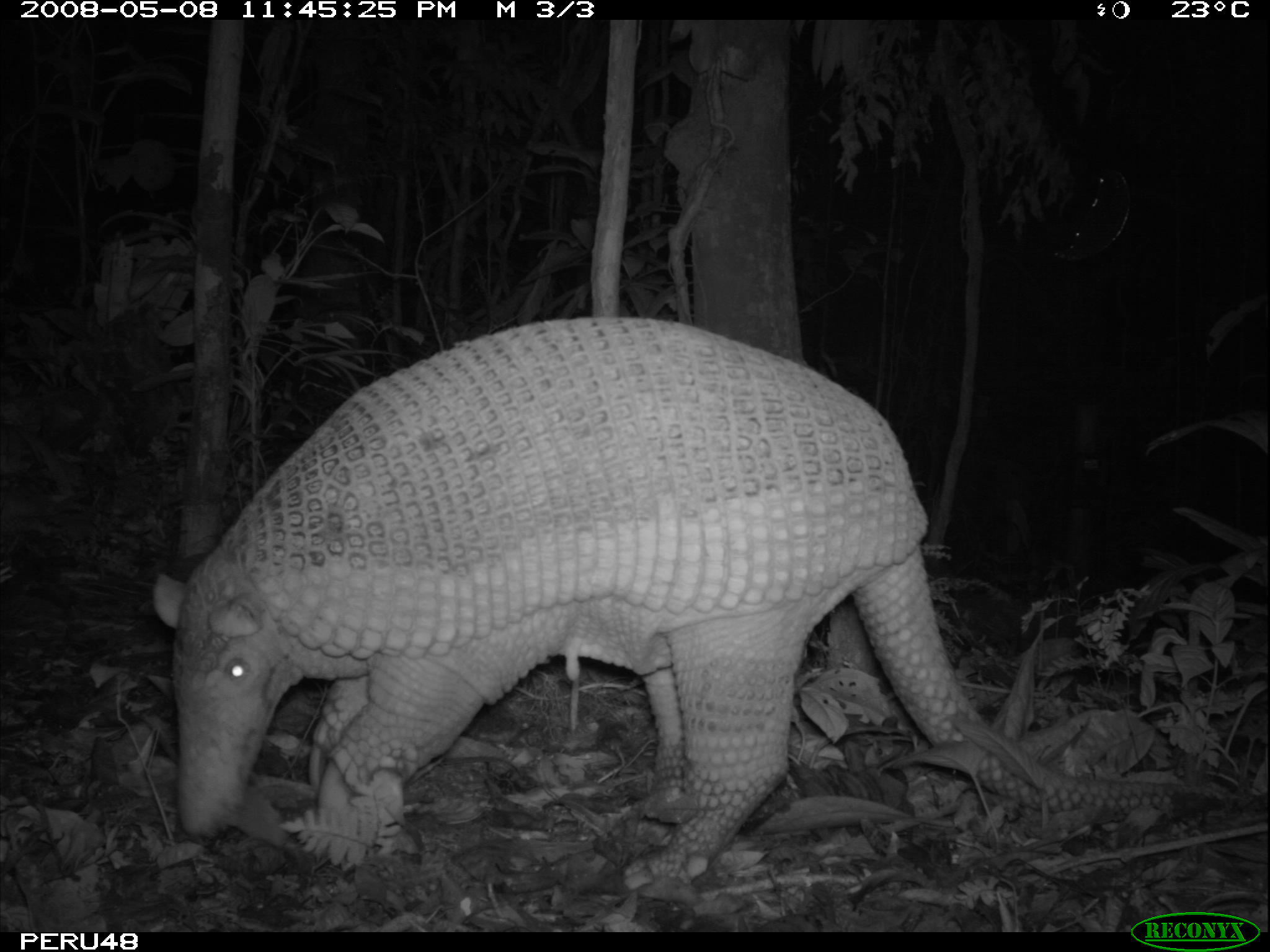
18/01/15 Giant armadillo females have very few offspring and invest hugely in each
New giant armadillo behaviour recorded: an interaction between mother and son. Little is known about how and how long armadillo’s interact with their offspring. New evidence shows that the young still share the territory and occasionally the burrow of their mother at 17 months old. Females will produce very few offspring and will invest immensely in the raising of the baby. This explains why giant armadillos are so rare, too few young are born and removing one individual has huge consequences.
http://www.bbc.com/earth/story/20141226-camera-traps-reveal-new-giant-armadillo-behaviour
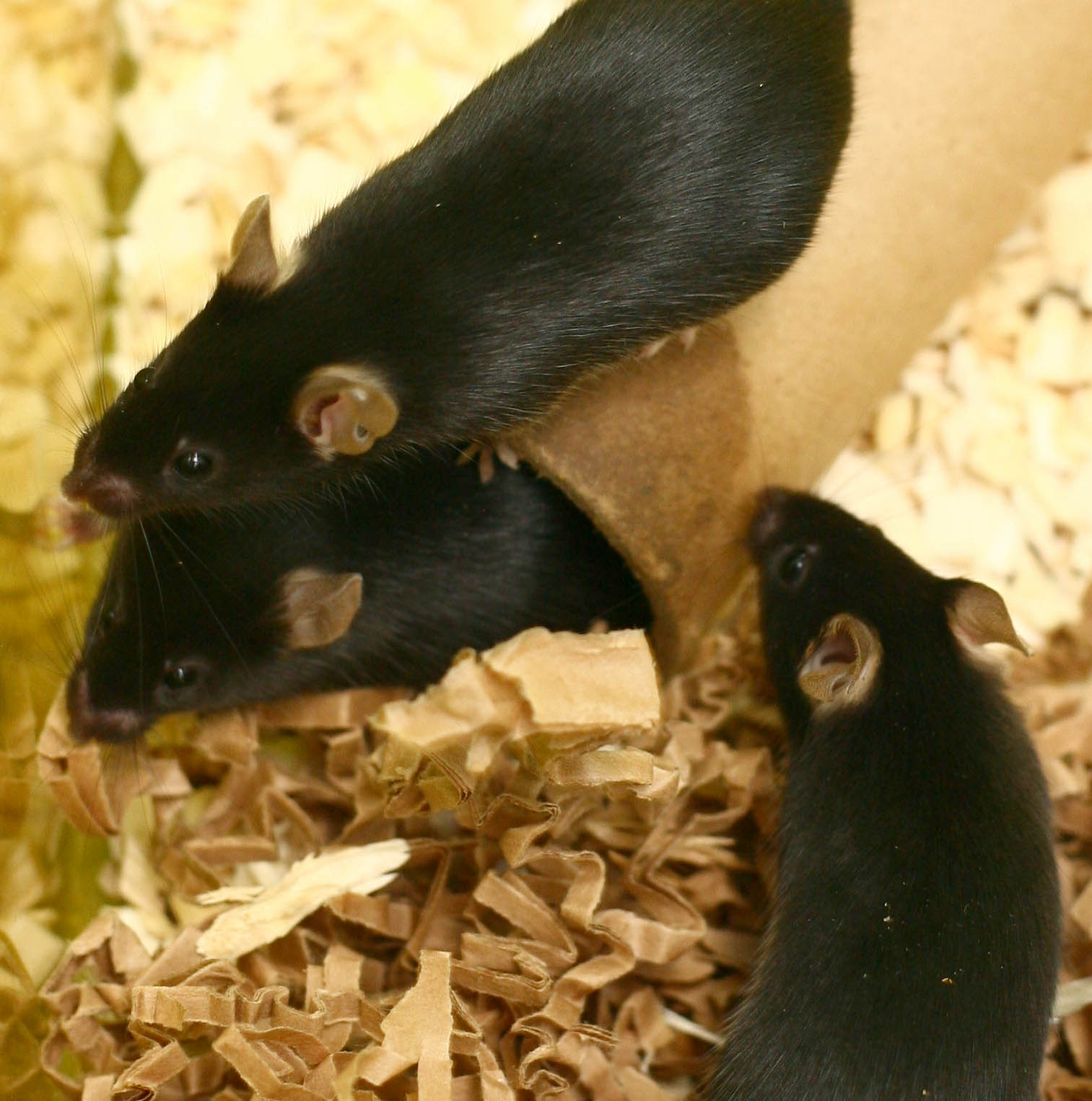
16/01/15 Stress makes it harder to emphasize with strangers
Stress makes it hard for you to emphasize with strangers. Empathy is stronger in those that know each other and absent in unfamiliar faces, and stress levels increase in the presence of strangers. In tests in mice and people, when the stress hormone was blocked by a drug, the empathy towards strangers increased. Playing games with a stranger has the same effect as the drug, and makes you more likely to feel empathy towards a stranger.
http://www.bbc.co.uk/news/health-30831145
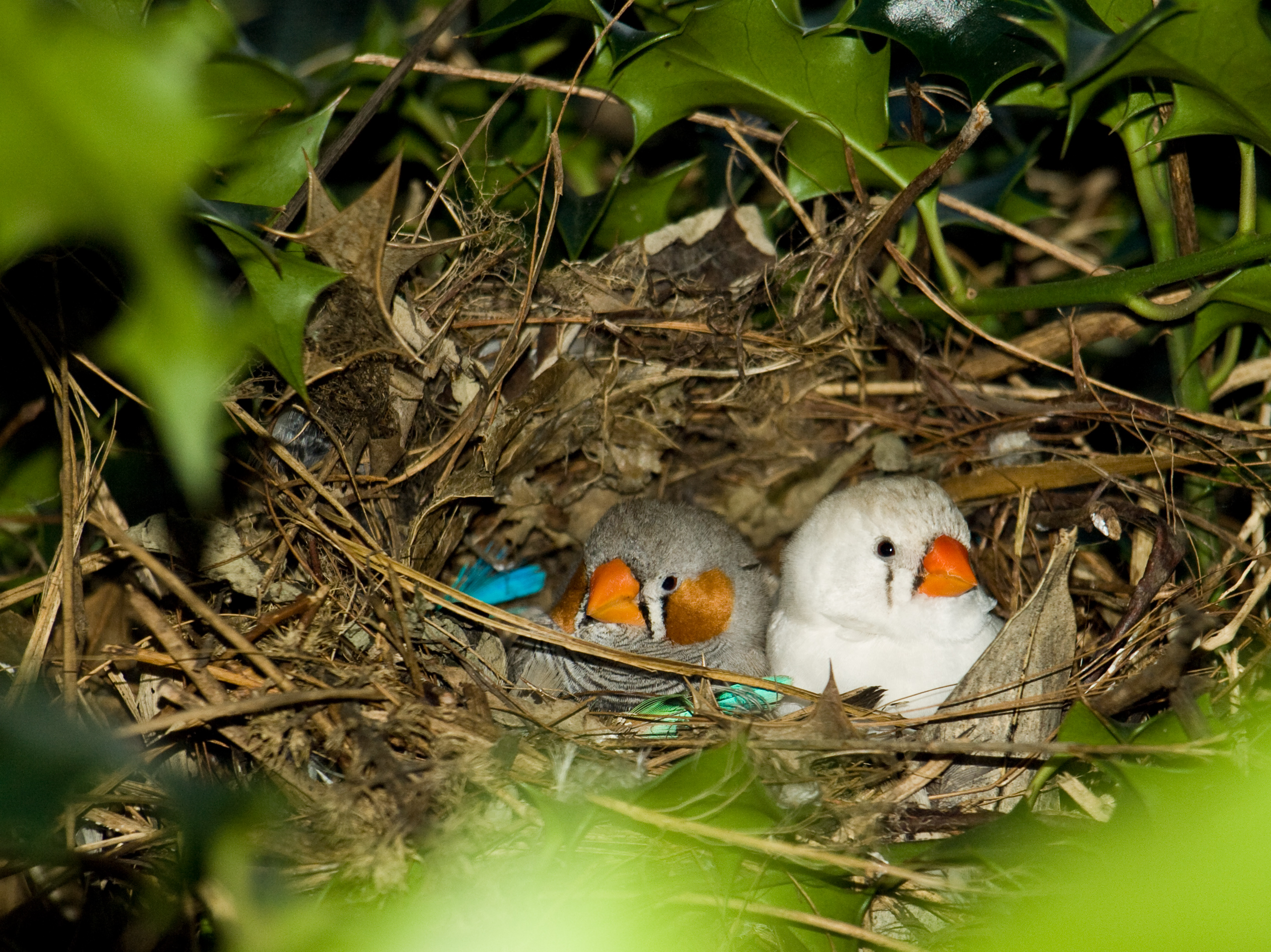
15/01/15 Birds intentionally chose materials to camouflage their nest
Birds intentionally choose colour-matching materials to camouflage their nest in order to reduce predation. The birds specifically select materials that reduce the conspicuousness of their nest. The birds also include a small amount of mismatched materials to provide ‘disruptive camouflage’ which helps jumble the visual outline of the nest .
http://www.theguardian.com/science/grrlscientist/2015/jan/14/hidden-in-plain-sight
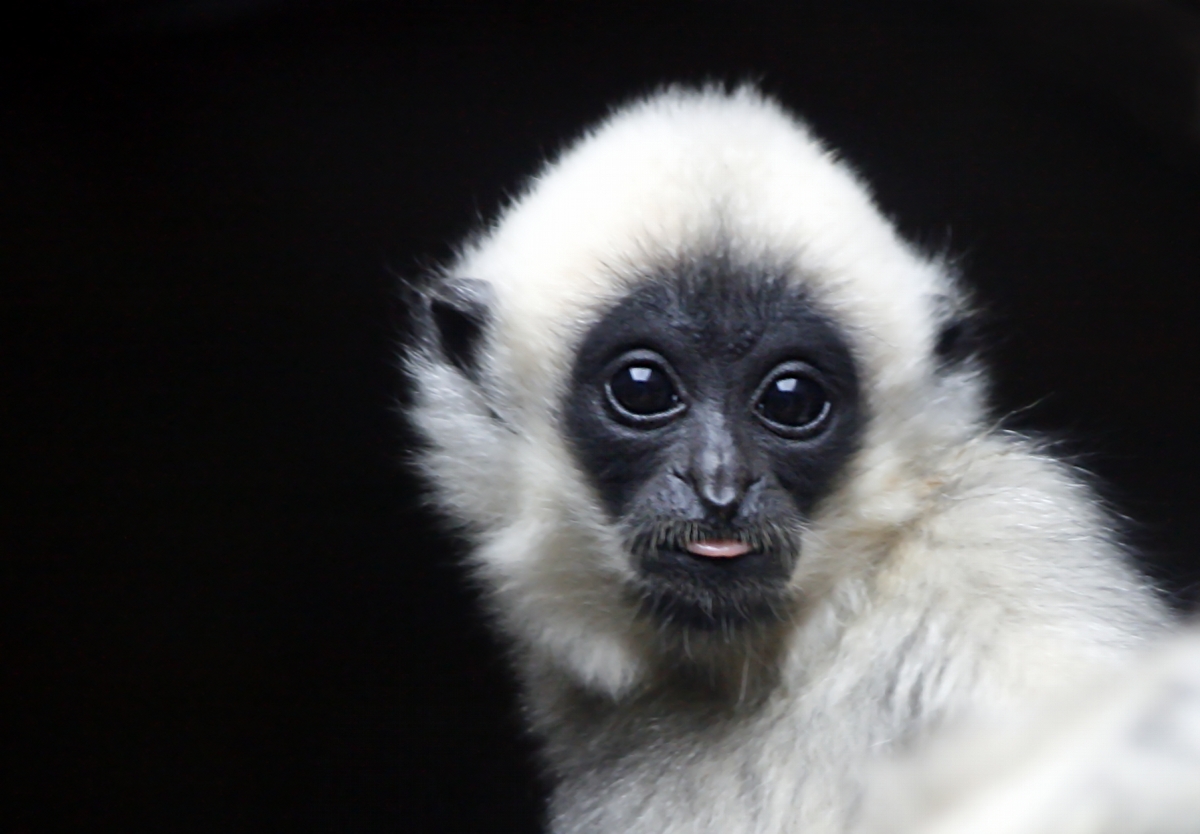
12/01/15 Gibbons have linguistic structure in their communication - just like humans
A study at the University of Wisconsin into white-handed gibbons appears to show “clear evidence” that the animals have linguistic structures in their communication – suggesting that language is not unique to humans. The animals have a range of “words” which can be used to warn predators or discipline children.
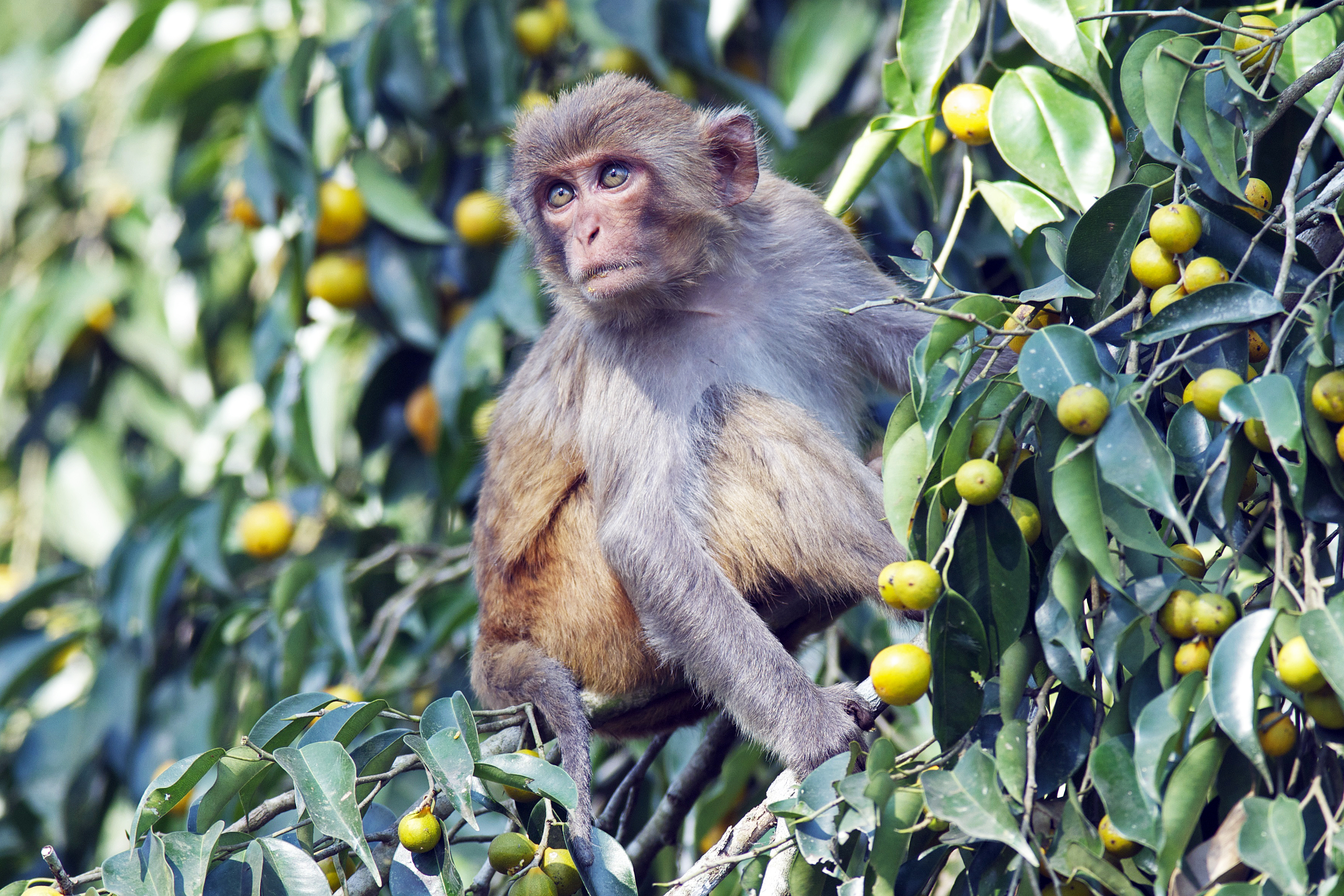
11/10/15 Monkeys can learn to recognise themselves in a mirror
Monkeys can learn to recognise themselves in a mirror. Unlike humans, great apes, elephants or dolphins, monkeys don’t realize straight away that they are looking at themselves when staring at a mirror, but that doesn't mean they can’t learn. Once they have developed mirror self-recognition, they used the mirrors to immediately start checking their behinds or genitals and other parts of their bodies they can’t usually see. This helps shed a light on the neural basis of self-awareness and could give new clues to future treatment for diseases such as autism and Alzheimer’s.
http://www.sciencealert.com/watch-monkeys-can-learn-how-to-recognise-themselves-in-the-mirror
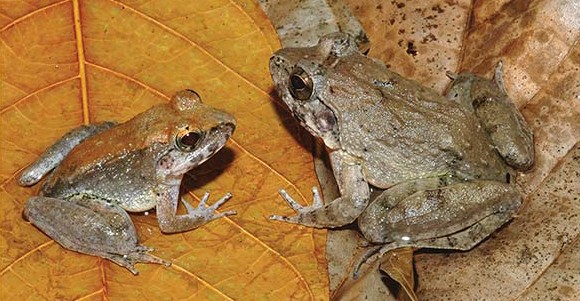
08/01/15 For the first time, frogs have been seen giving birth to live tadpoles
For the first time, frogs have been seen giving birth to live tadpoles. Nearly all 6.000 frog species in the world use external fertilization and lay eggs but some species, 10 or 12, use internal fertilization and give birth to live froglets, but this is the first ever live tadpole birth. How the male fertilizes the eggs inside the female is still unknown as frogs do not have ‘conventional’ sexual organs. Two Californian species have evolved a penis-like tail but this wasn’t found on the new fanged frog - still little is known is known about its physiology.
http://www.bbc.co.uk/news/science-environment-30643756
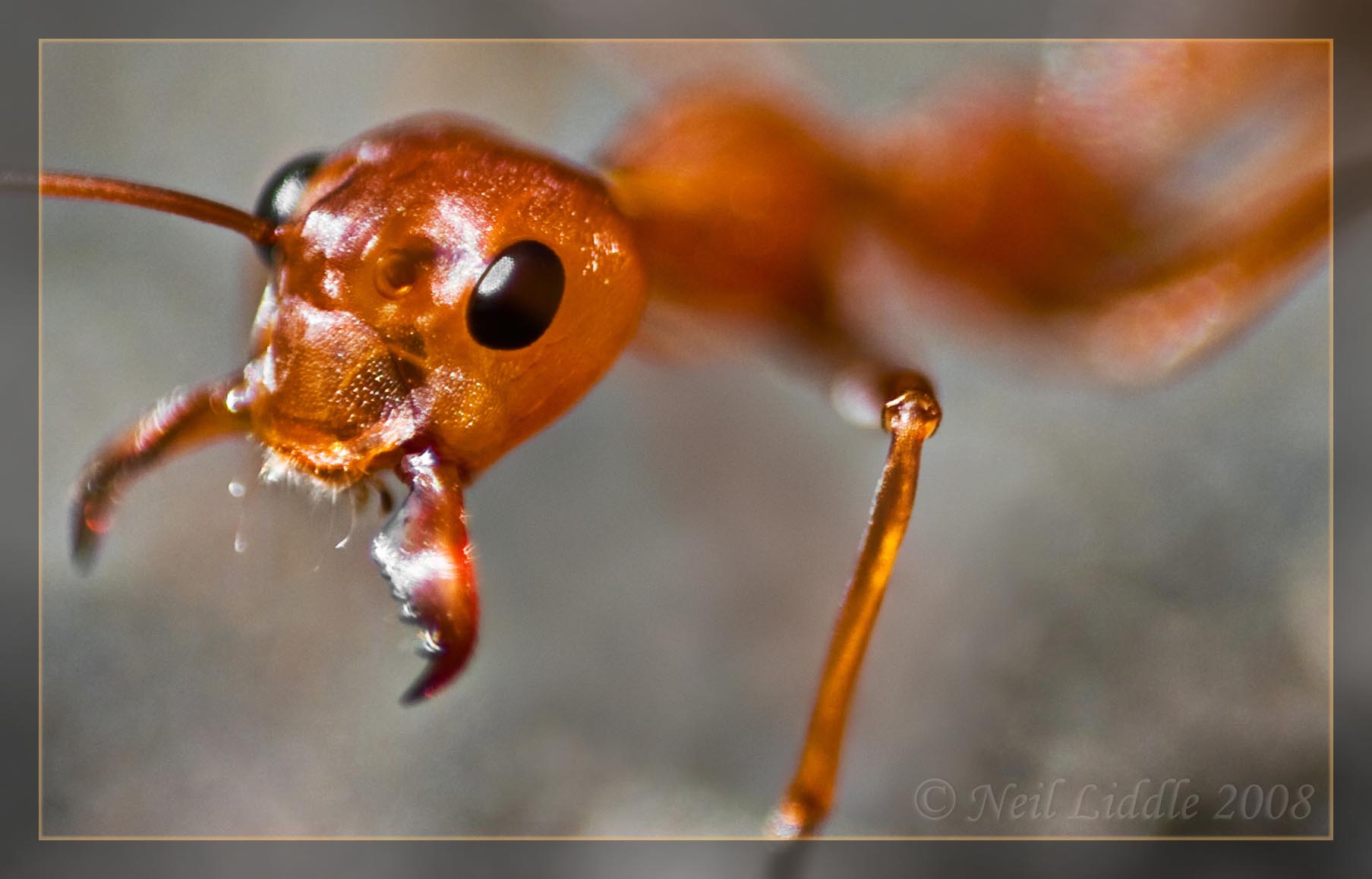
07/01/15 Ants living in larger groups tend to have larger brains
Animals living in larger groups tend to have larger brains. A study showed that as the colony size increased, leaf ants showed an increase in brain regions dealing with learning and memory. Researchers believe this is as larger societies need more specialized workers (some for defence, some for foraging etc).
http://news.sciencemag.org/biology/2015/01/why-some-ants-have-bigger-brains
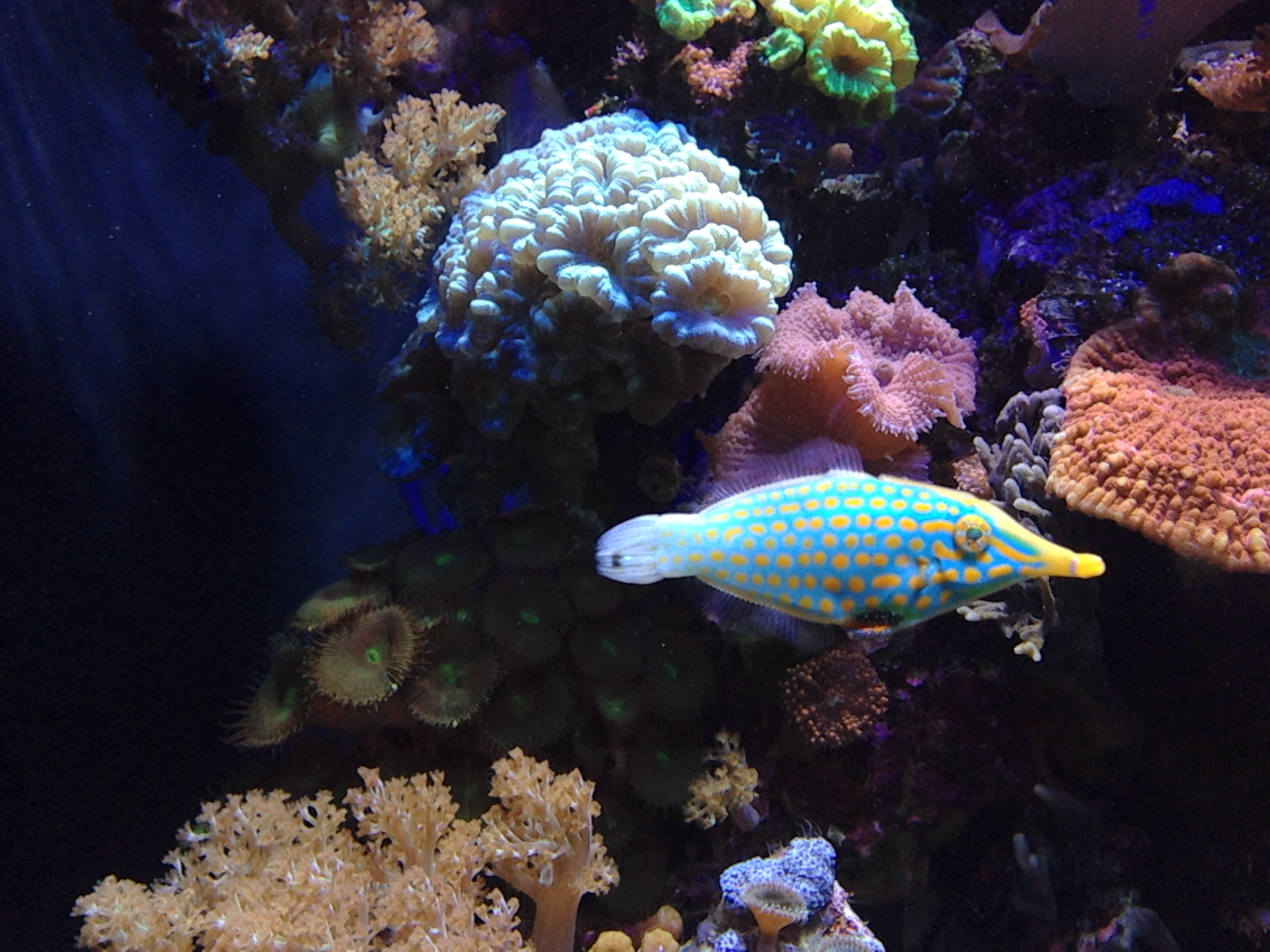
11/12/14 Fish use smell to camouflage
New research shows that coral-dwelling filefish camouflage themselves by not only looking, but also smelling like their prey. This little orange spotted fish feeds exclusively on Acropora coral in Australia, and by doing so ingests chemicals in the coral that makes it smell like its food. This helps the fish hide away from its own predators. This is the first evidence of an animal using chemical camouflaging via its diet but it is probably more common than imagined.
http://news.nationalgeographic.com/news/fish-smell-like-the-coral-they-eat-disguise-is-new-to-science
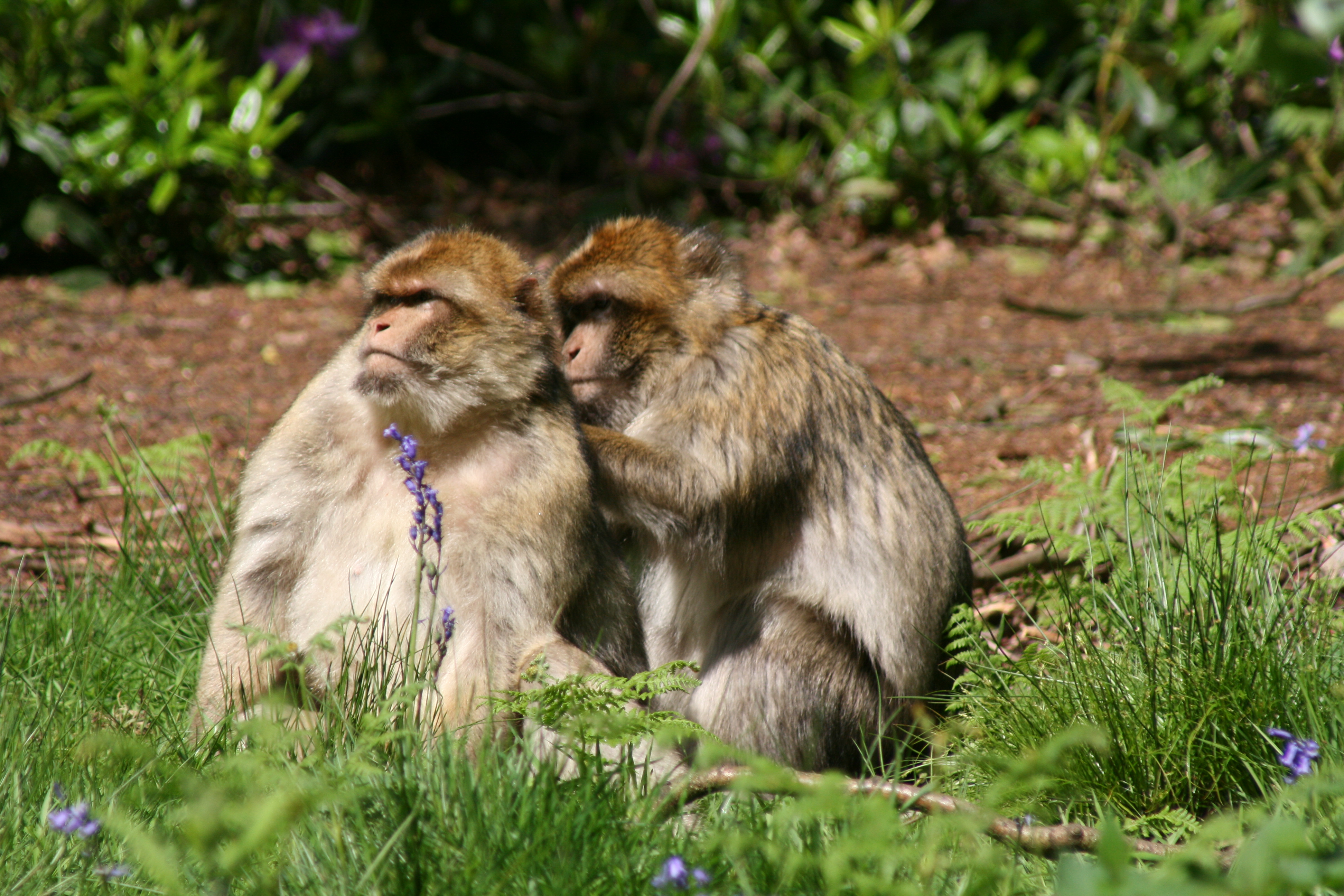
11/12/14 Friendship and stress in Barbary macaques
Male primates in social groups usually fight fiercely over females. But research shows that male Barbary macaques which formed stronger social bonds to other males – much like friendships in humans - had lower stress hormones. Having friends compensates for everyday stressful events such as random aggressions or cold and during stressful situations, having a friend helps feel less stressed.
http://www.pnas.org/content/early/2014/12/04/1411450111
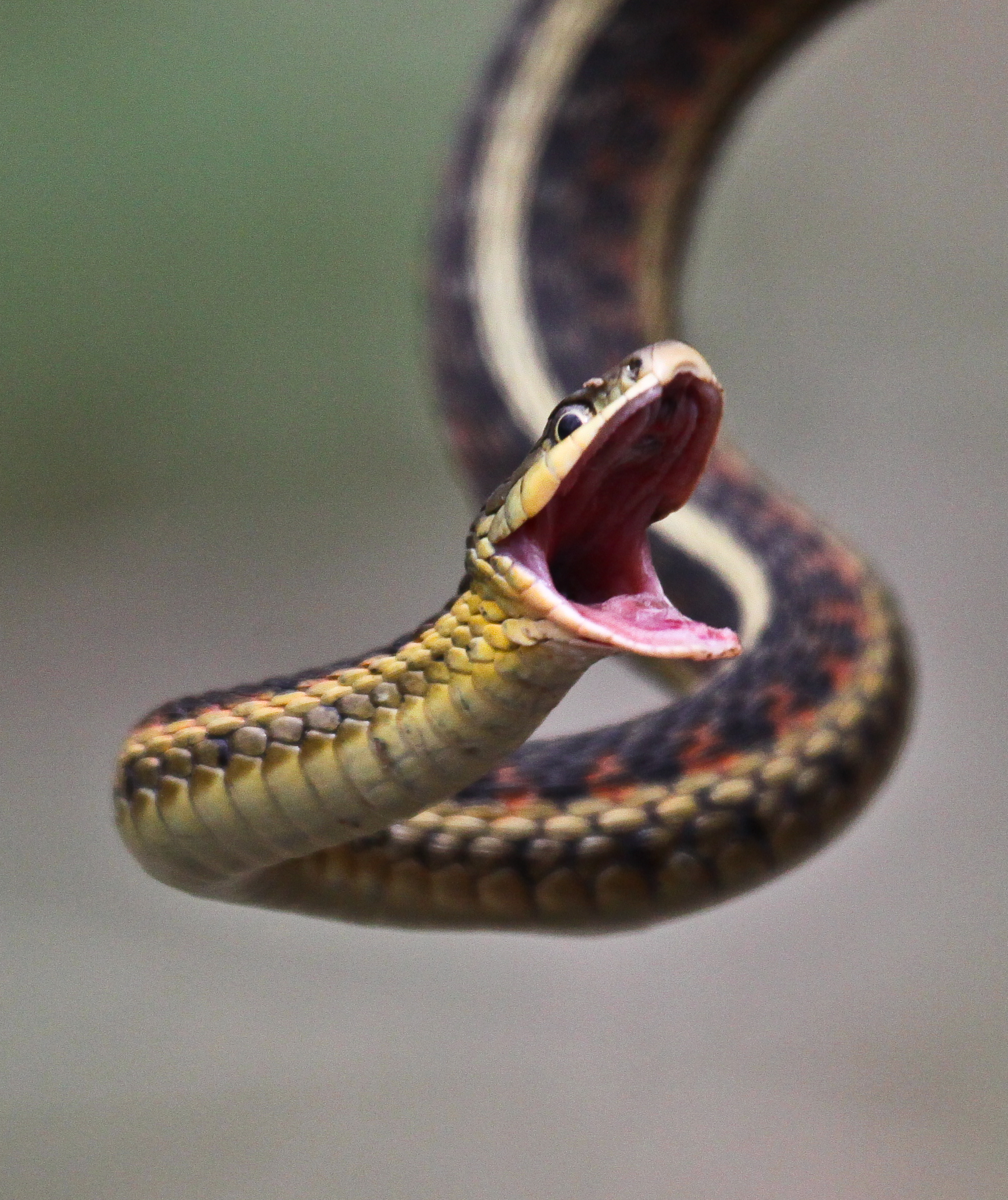
10/11/12 Evolution of snake venom
Researchers have found genetic evidence that highly toxic venom proteins actually come from non-toxic genes that have duplicated, migrated and evolved to the oral glands. These non-toxic genes have functional roles in the body such as regulation of cellular function or food digestion. A snake species gets a venomous label if its oral glands express some of the 20 genes families associated with venom. However, because of their evolutionary origin, these genes can be found in various places in the body which challenges the previous labelling system.
http://www.sciencedaily.com/releases/2014/12/141208152658.htm
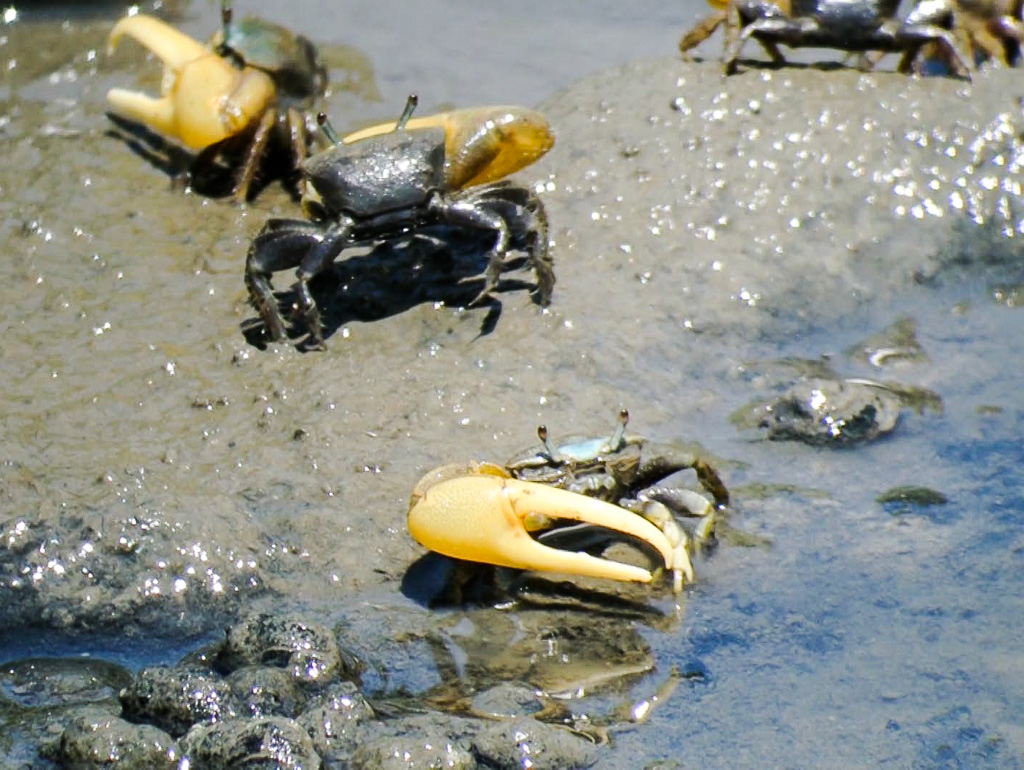
08/12/14 Dancing in time makes crabs sexual failures
Having a good sense of rhythm makes crabs sexual failures and make them look unattractive to the opposite sex. Fiddler crabs have a great sense of time that they display in synchronised dances which unfortunately doesn't make them very popular with the females. Turns out the males that dance on their own rhythm, and not in unison, get twice as much attention from females. So why do they end up all dancing together? They are probably all trying to be off rhythm and just end up all doing the same thing.
http://www.newscientist.com/article/dn26660-zoologger-dancing-in-time-makes-crabs-sexual-failures.html
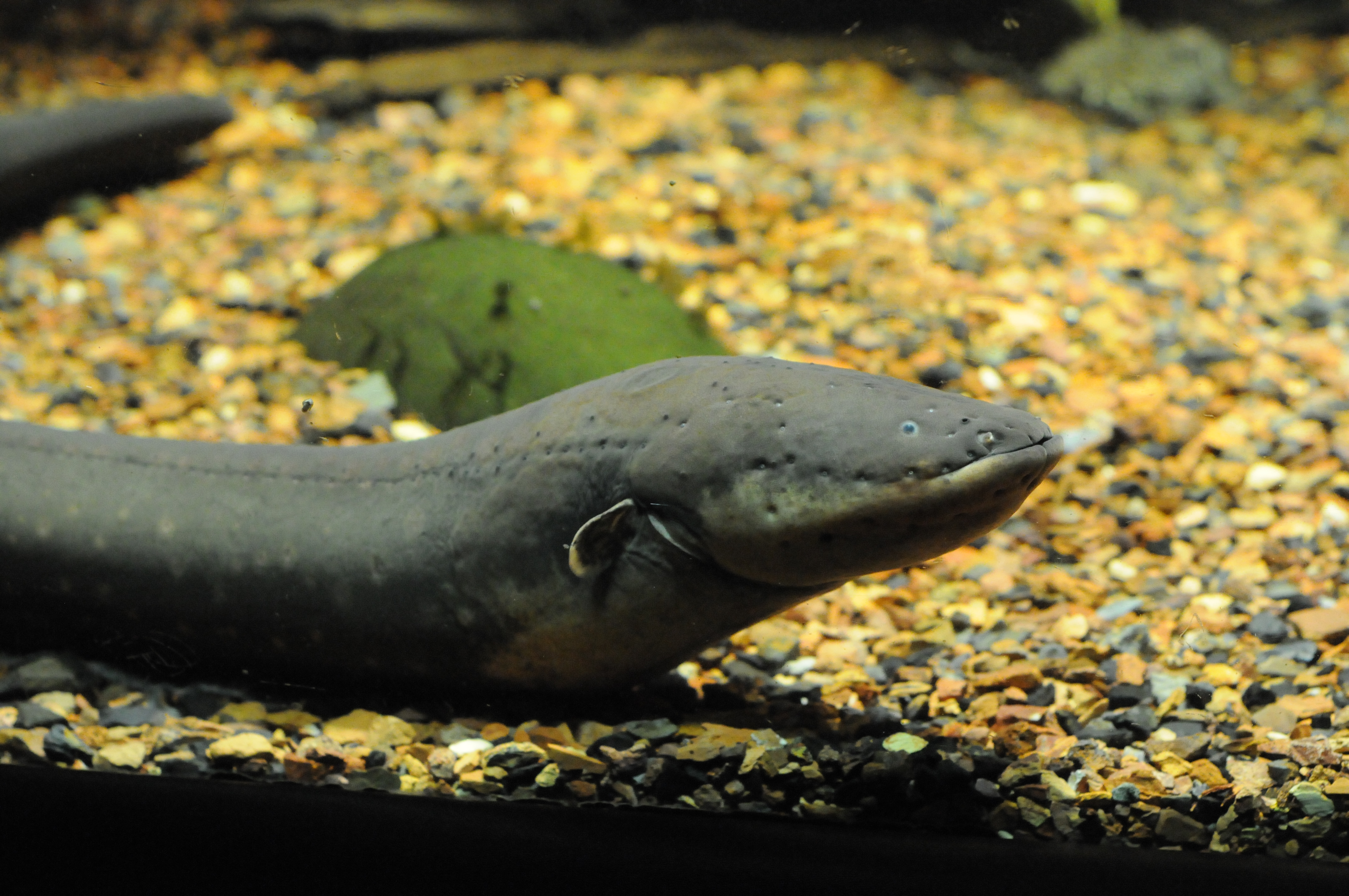
08/12/14 Electric eels can use their electric organs to remotely control their pray
Electric eels can use their electric organs to remotely control their prey. The electric pulses released by the eels during hunting can make all the muscles in their prey twitch, serving to immobilise them or causing them to reveal their whereabouts.
http://www.bbc.co.uk/news/science-environment-30335335
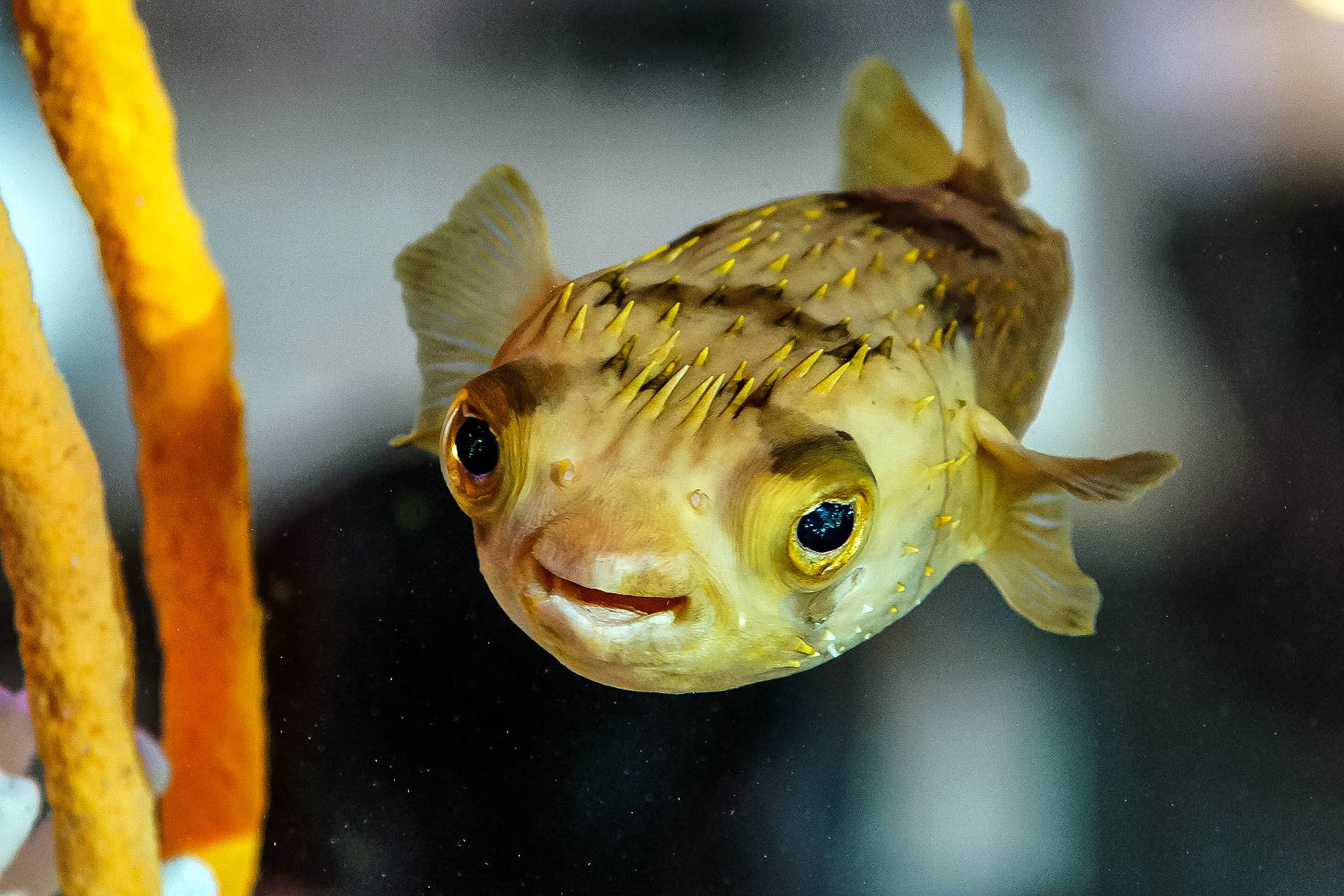
07/12/14 Pufferfish don't hold their breath while inflated
Pufferfish don’t hold their breath while inflated. Scientists had previously thought that respiration might occur during inflation through the skin instead of across the gills. However, the data shows that the pufferfish continue breathing with their gills as usual. In fact, the respiration increases 5-fold during the inflation process. Even if the pufferfish don’t stop breathing the defence strategy is energetically taxing and it takes several hours for the fish to recover and return to resting respiration rates.
http://news.sciencemag.org/biology/2014/12/myth-busted-pufferfish-don-t-hold-their-breath-while-inflated
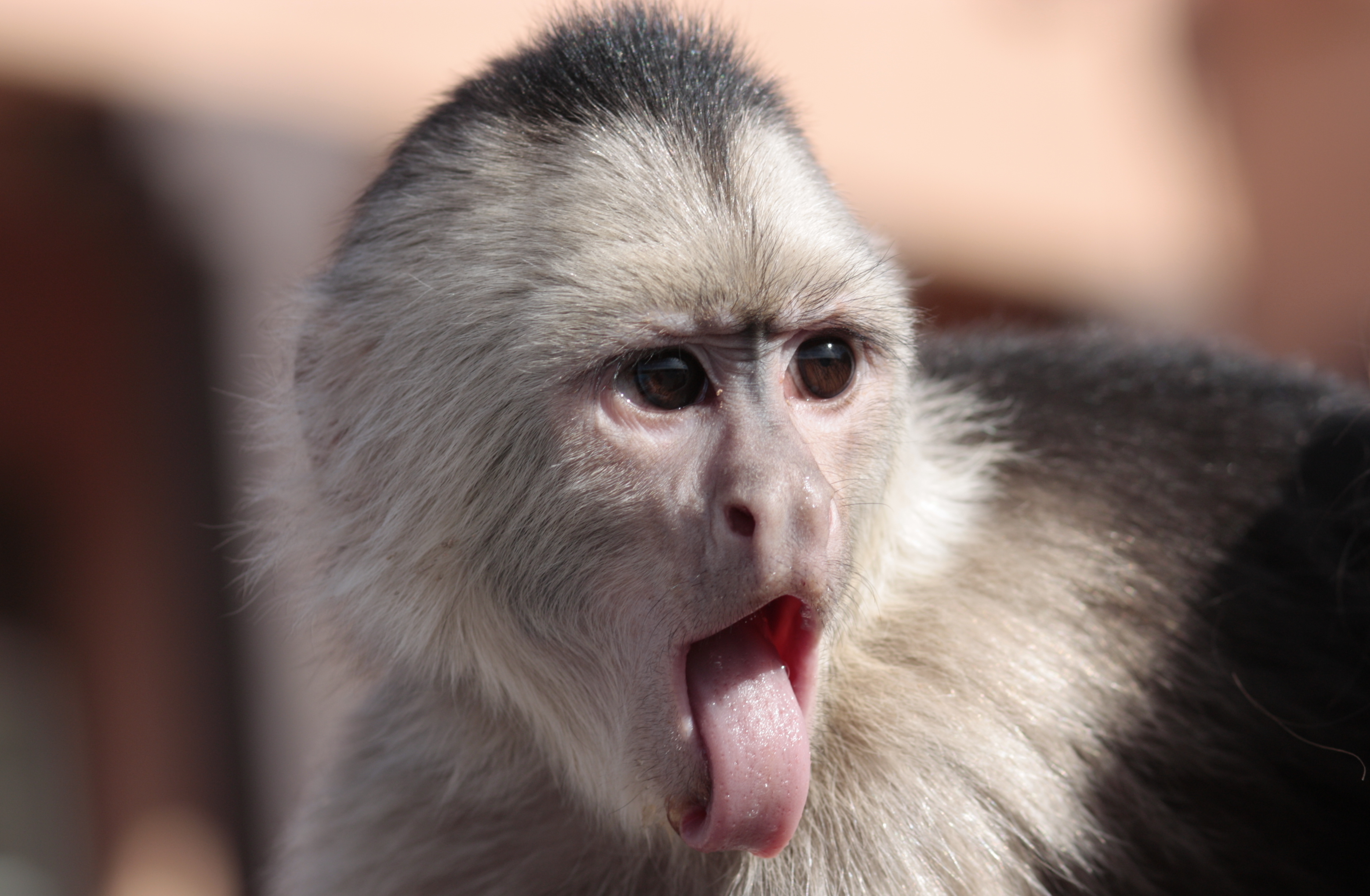
4/12/14 Capuchin monkeys and money VS value
Unlike people, Capuchin monkeys aren't fooled by expensive brands, they don’t assume a higher price tag means better quality. Humans consistently tend to be biased by prices, however, Capuchin monkey can be taught about money and its economic value and still won’t be biased but something’s price. They can understand the differences in price between foods, but won’t necessarily prefer the most expensive one.
http://www.sciencedaily.com/releases/2014/12/141202183309.htm
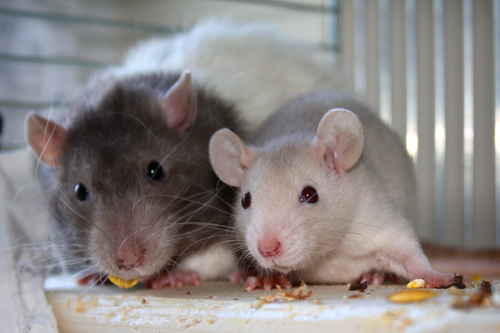
4/12/14 Male rats and lingerie
Male rats prefer females wearing “lingerie”. An unusual study presented virgin male rats with receptive females wearing a tiny jacket. Later, if given a choice, the males will prefer females with a jacket than without. When looking at the brain, males that mated with jacket-wearing females showed more activity in the pleasure centres of the brain - including regions called the ventral tegmental area and the nucleus accubens – than males who mated with jacket-less females. Rats learn to associate sex with a variety of contextual cues, including clothing, this might be the same in humans.
http://www.livescience.com/48980-rats-sexual-attraction-lingerie.html
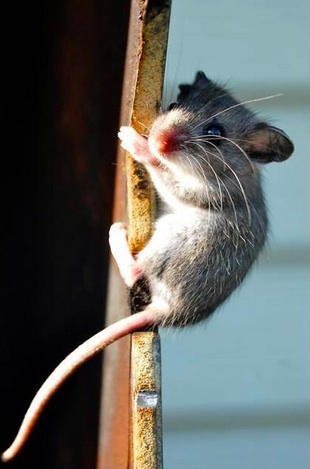
20/11/14 Mice raised in stressful conditions are more adaptable as adults
Early life stress in mice can have positive effects that can be passed down to pups. Pups raised under stressful conditions are more adaptable and flexible as adults. This was visible in the hippocampus of their brain, where they showed under-expressed genes involved in the stress response, anxiety and goal-directed behaviour. These changes were transmitted to offspring probably by DNA methylation and epigenetic changes in the reproductive cells. This counterbalances previous studies that indicated that stress in young animals would have a negative impact on mental and cognitive health and could be transmitted down generations through epigenetic modifications.
http://www.the-scientist.com/?articles.view%2FarticleNo%2F41465%2Ftitle%2FUpside-of-Early-Life-Stress-%2F
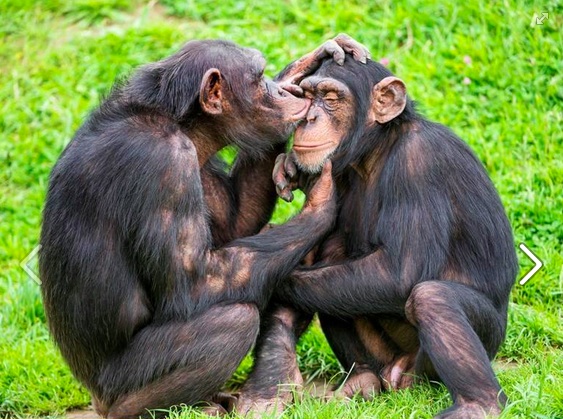
17/11/14 In chimpanzees, bullying is linked to higher rates of paternity
50 year old study shows that in chimpanzees, males who constantly bully females tend to father more babies with their victims. Aggression during the female’s receptive period increased a male’s chance of copulation but wasn't a predictor of paternity. What did predict paternity was long lasting aggression during the non-receptive periods, up to two to three years prior to conception.
http://www.biosciencetechnology.com/videos/2014/11/chimpanzees-long-term-bullying-makes-more-babies?et_cid=4266068&et_rid=762765857&type=cta
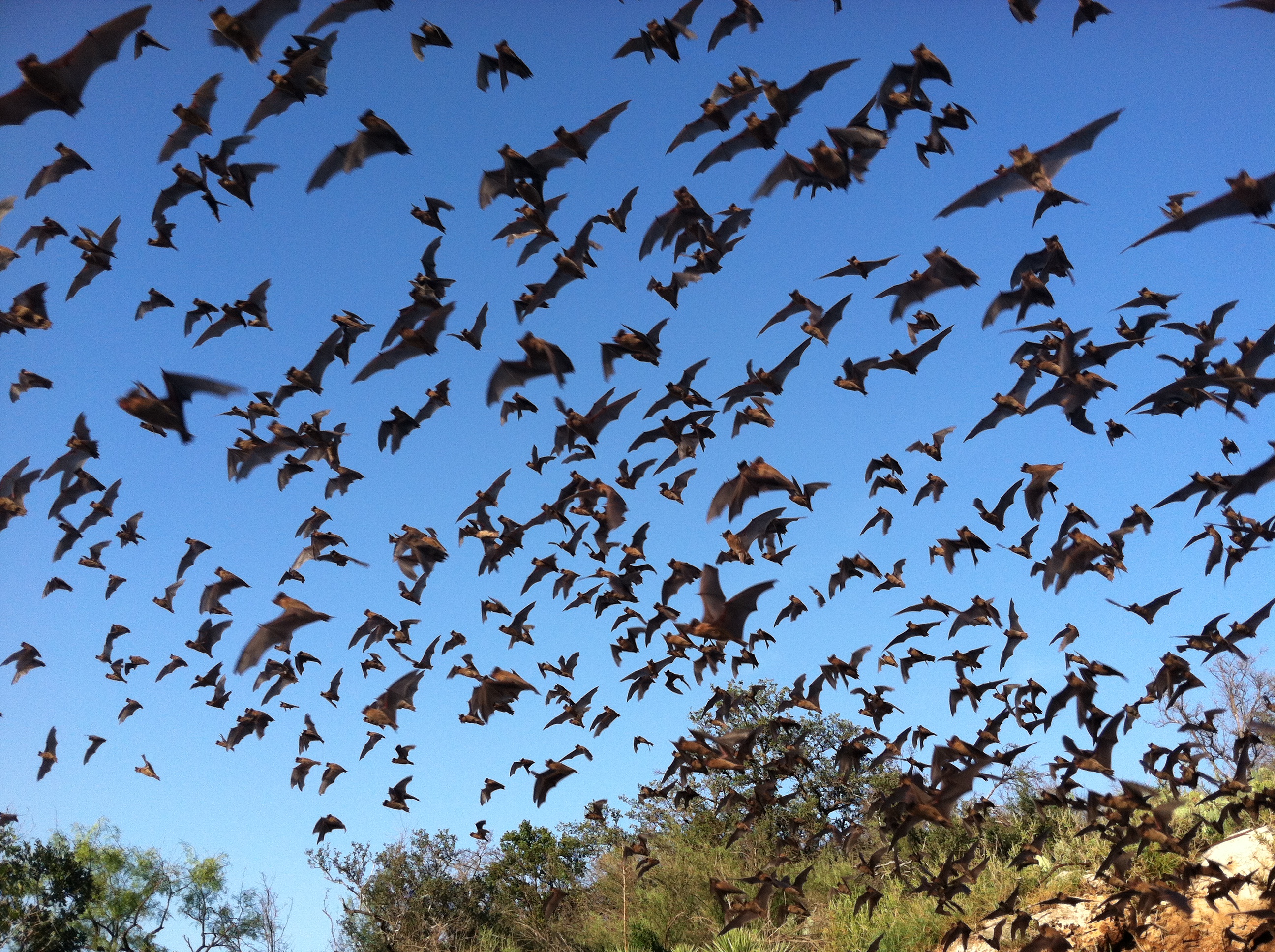
07/11/14 Bats can interfere with echolocation to steal their rival's food
Mexican bats can interfere with the echolocation of their rivals in order to ‘steal’ their food. As one bat hones in on insect prey using sound signal, a second bat emits a ‘jamming’ signal causing the first bat to miss its target, which is then stolen by the bandit. This is the first time that this behaviour has been observed. Dr Aaron Cocoran from Wake Forest University in North Carolina said, "Nobody has seen anything like this in any other animals which echolocate. It's not necessarily surprising that they're competing with each other [for food] but the fact that they've evolved this jamming signal is quite new.”
http://www.bbc.co.uk/news/science-environment-29931995
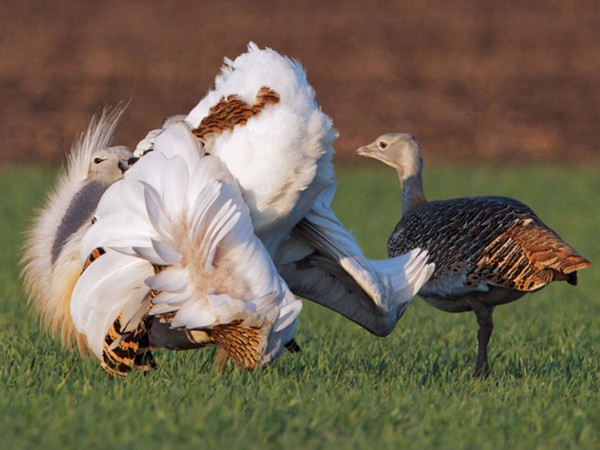
22/10/14 Male bustard birds intentionally consume poison during courtship
Male bustard birds intentionally consume poison during courtship in order to attract females. But it appears that this behaviour is just misplaced masculine bravado: the toxins from the blister beetle, the poisonous snack of choice for male bustards, also serve to kill parasites that live in the male reproductive orifice. During courtship the female will inspect the male cloaca and select a partner based partially on how few parasites he has down below. As the article in Science puts it, “Ah, romance.”
http://news.sciencemag.org/plants-animals/2014/10/male-birds-eat-poison-attract-females
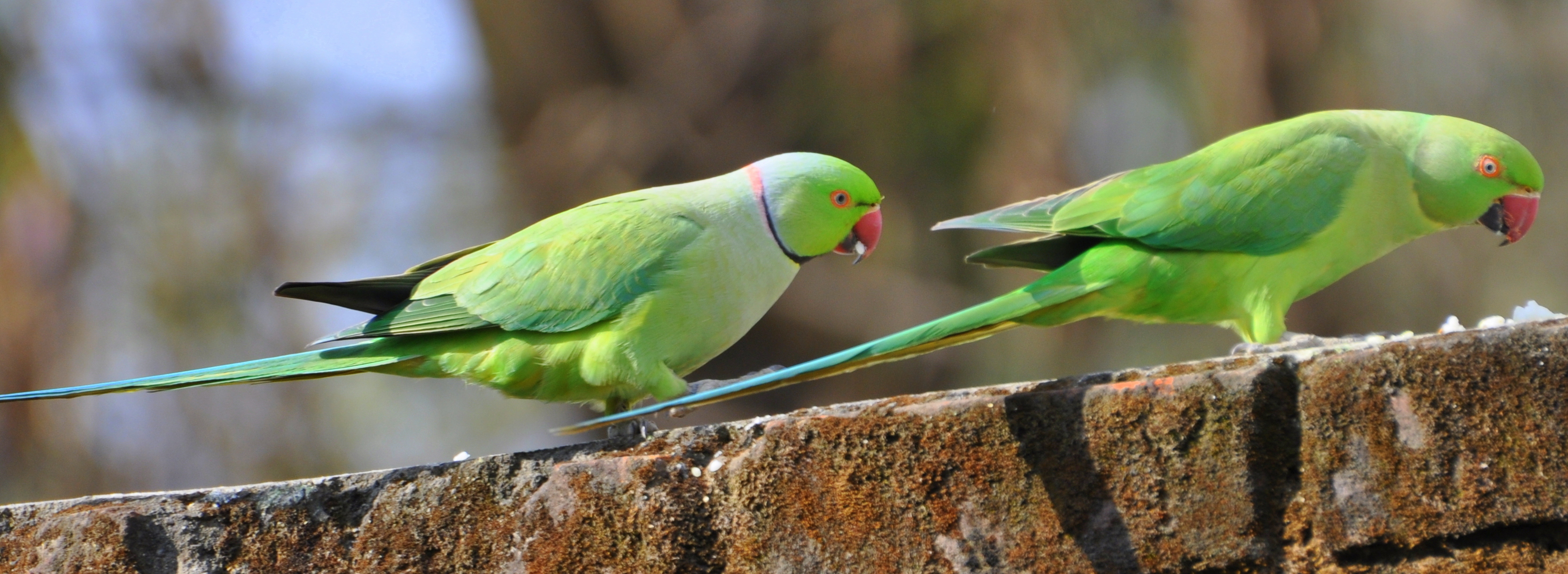
17/09/14 Parrot intelligence linked to social arrangements
Parrot intelligence is linked to the complexity of their social arrangements. Parakeet society has ‘layers’ of relationships, similar to those documented in other big-brained animals, with birds forming different levels of attachment and interaction with other individuals. The ability to recognise and remember others, and whether they are friendly or not, is believed to be a significant evolutionary driver of brain size.
size.http://news.sciencemag.org/biology/2014/09/complex-social-lives-gave-parrots-big-brains
Last edited: 11 March 2019 15:05
